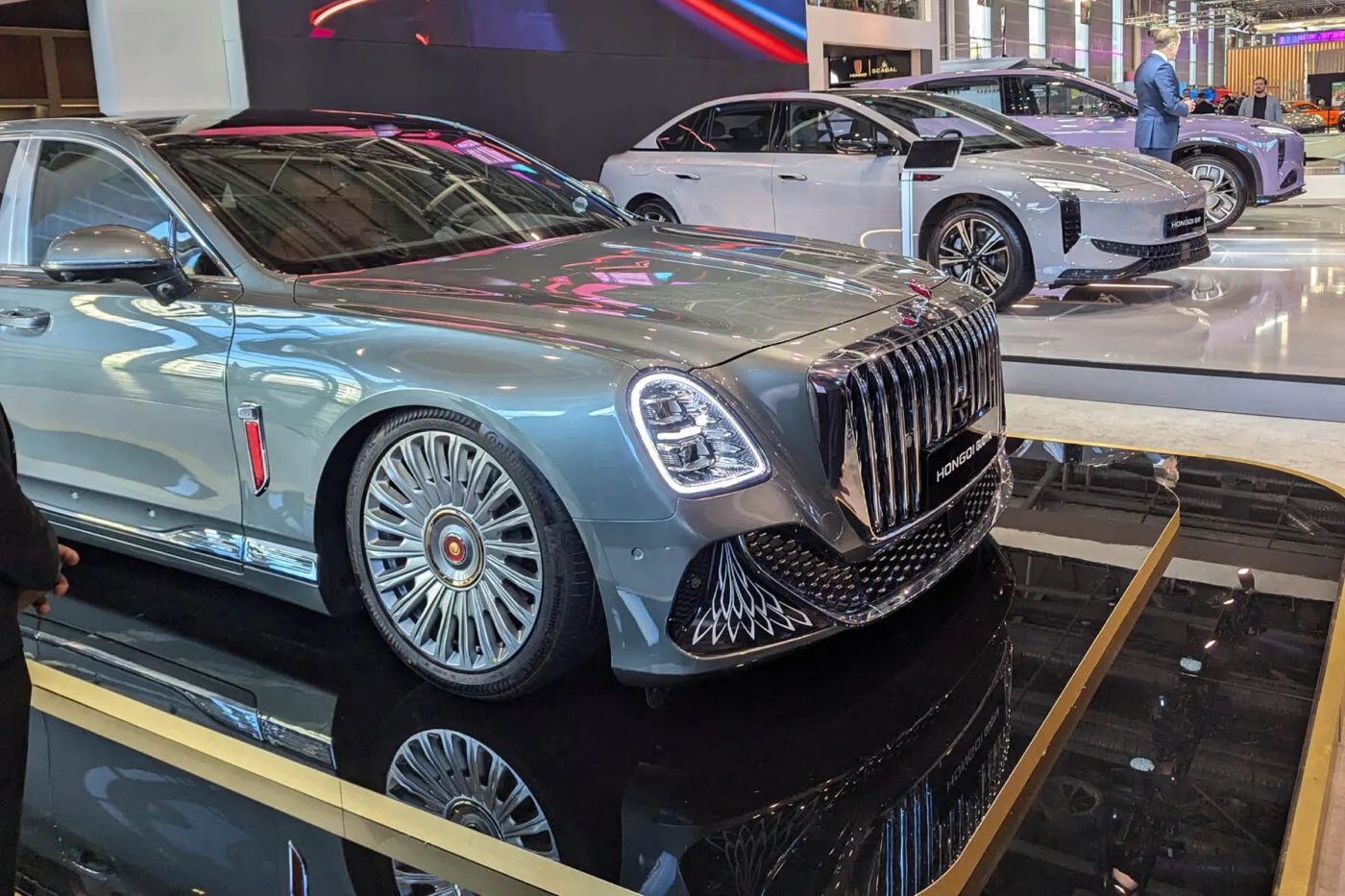
Chinese EVs abound: How Hongqi, GAC and co. are turning the Paris Motor Show upside down
Mobility trade shows have undergone a major upheaval since the coronavirus pandemic. Some have disappeared completely (like the Geneva Motor Show), while others are becoming more and more fragmented every year (like the IAA). So far, none have been able to build on old successes.
The Paris Motor Show would probably be much smaller if numerous Chinese car manufacturers did not breathe new life into the trade fair. With Mercedes-Benz, Porsche, Hyundai, Toyota, Cupra, Nissan and Volvo, many car manufacturers for whom Paris used to be a must-attend event were again absent this year.
France holds the fort
While most other car manufacturers prefer to organise their world premieres at their own events, Citroen and Renault remain loyal to the motor show as their home event. With the R4 and the C4, both are showing new electric SUVs and made electric mobility the centrepiece of their booths. We took a detailed look at the R4 before its official world premiere. While Renault is clearly surfing the retro wave with the R5, R4 and the Twingo concept, Stellantis is looking to the future and is bringing Leapmotor with it. The joint venture aims to offer relatively affordable electric cars from China in Europe.
Ford is back
Apart from Tesla, electric mobility has not been a success story for US car manufacturers. Ford had nothing on offer for a long time apart from the Mustang Mach-E, but new models with VW technology are now set to change that. The Capri and Explorer are both based on the MEB from Wolfsburg, so you could also say that Ford can do little without outside help. However, the result is certainly convincing, as the Explorer has a higher-quality interior and more fluid software than its VW sister models.
Cadillac: Poorly finished chunky vessels
We dared to test drive the second American OEM represented in Paris, as Cadillac wants to make its comeback in Europe with the Lyriq. A quick lap through the narrow Parisian streets revealed an ambivalent picture. One-pedal-drive makes the Lyriq good, the steering is not bad for an American (but not good either), and the space on offer is ample. The software is clearly laid out and runs smoothly, and the emergency brake assistant ensures greater safety with large red lights and seat vibration. Unfortunately, the workmanship is atrocious, as is the layout. In the back seat, Cadillac has ensured that there is not enough headroom for a 1.80-tall person – a no-go for a car of this type. In combination with high prices, this is the perfect formula to remain irrelevant in Europe.
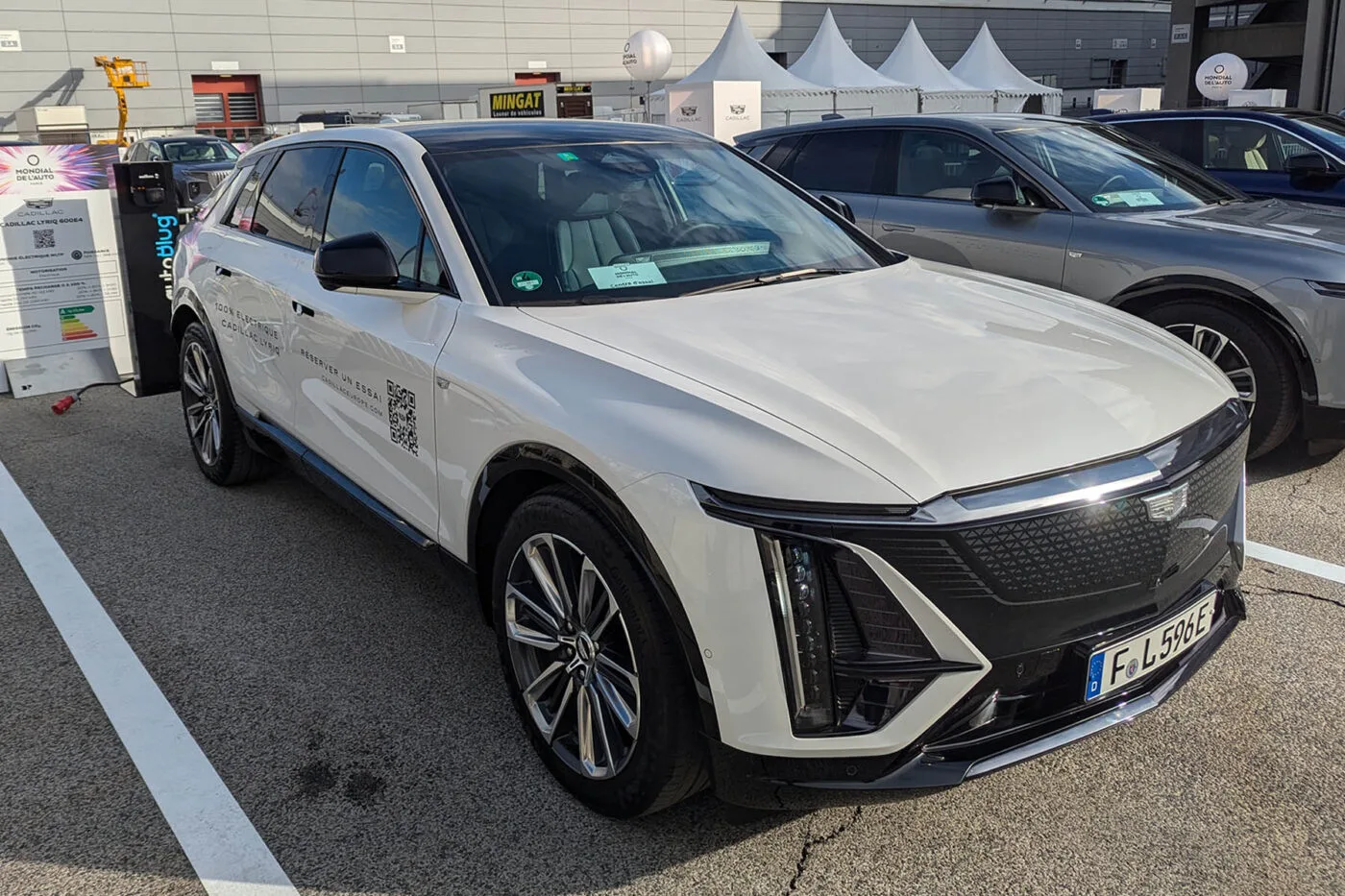
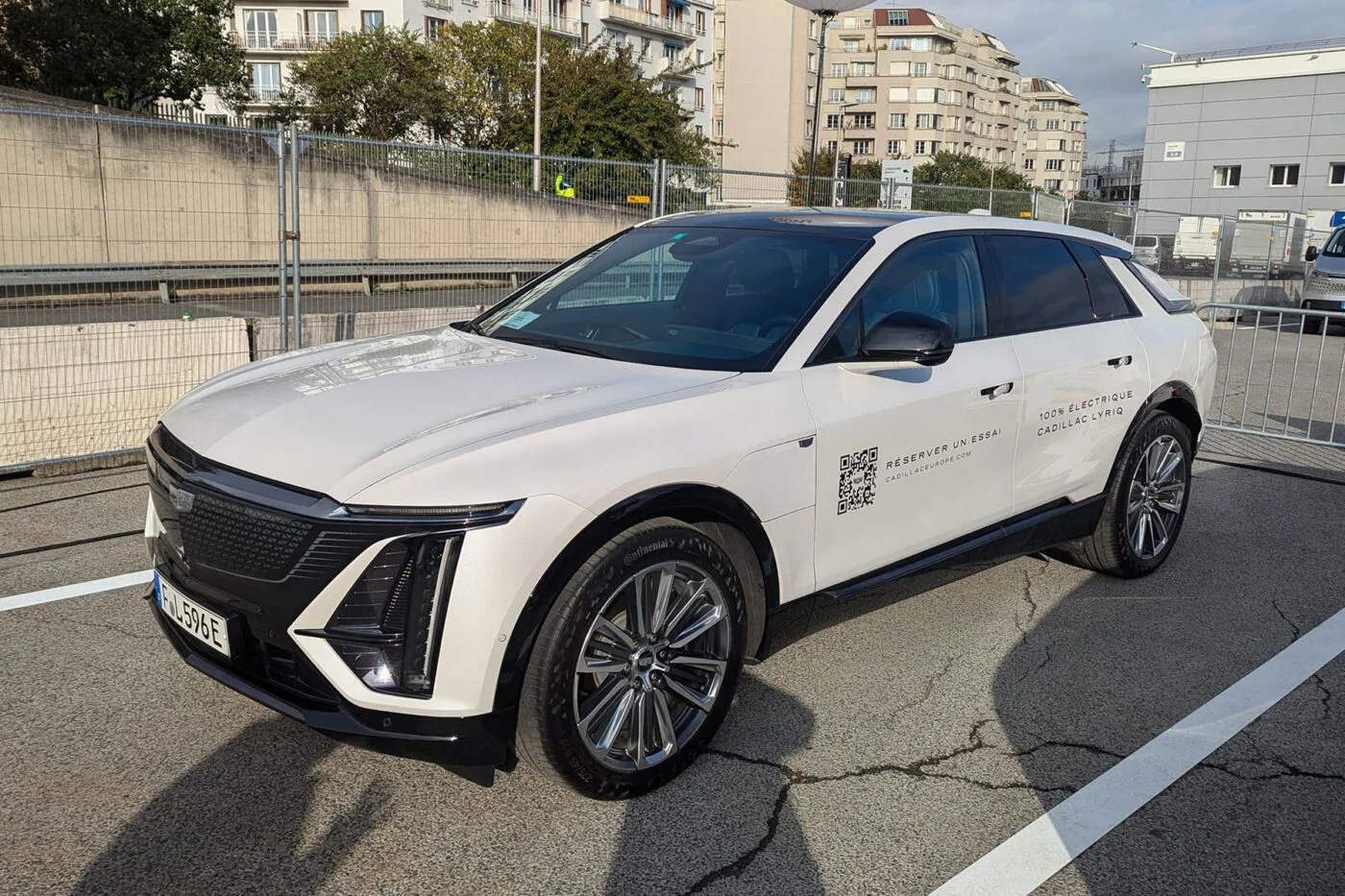
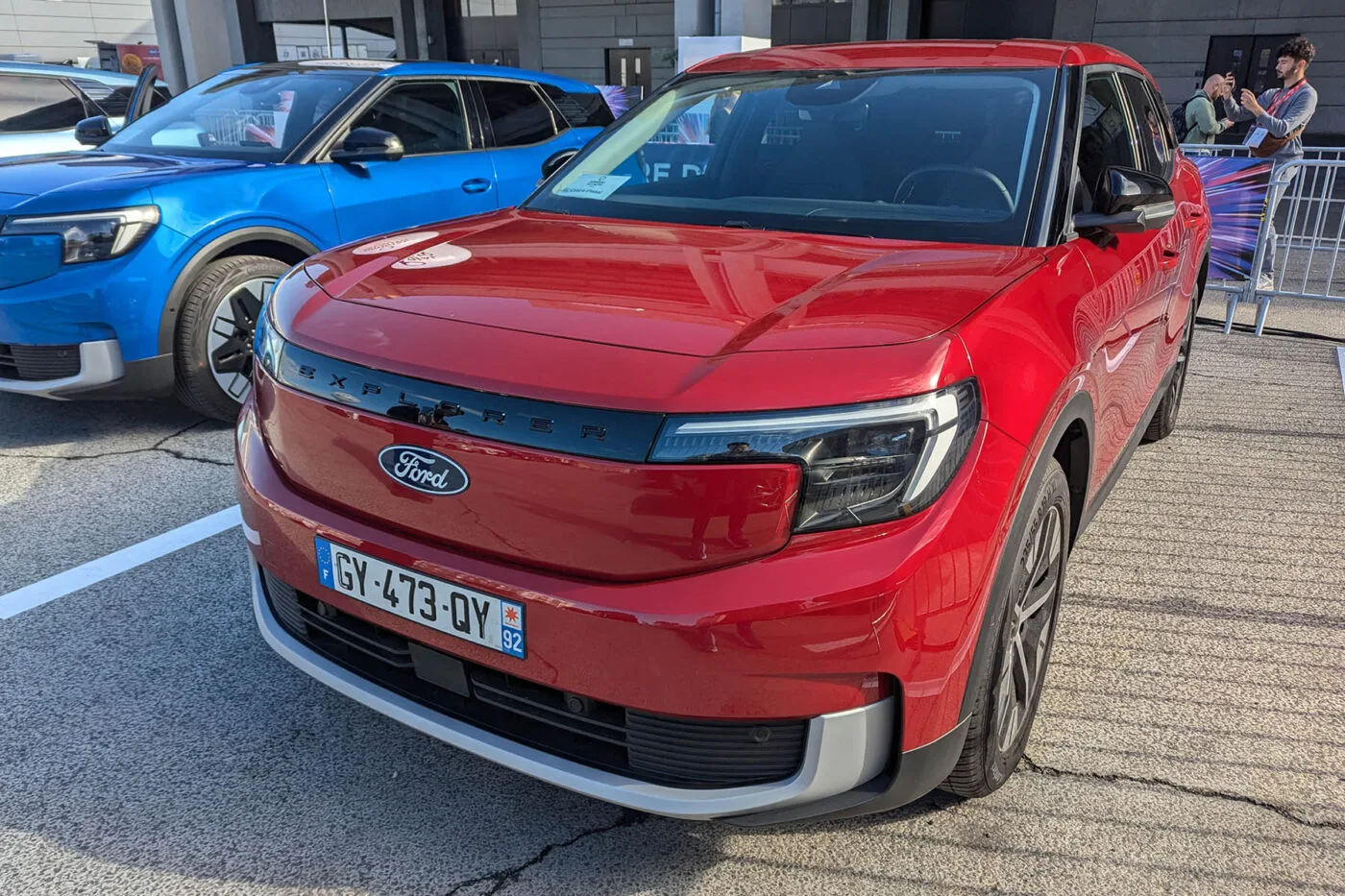
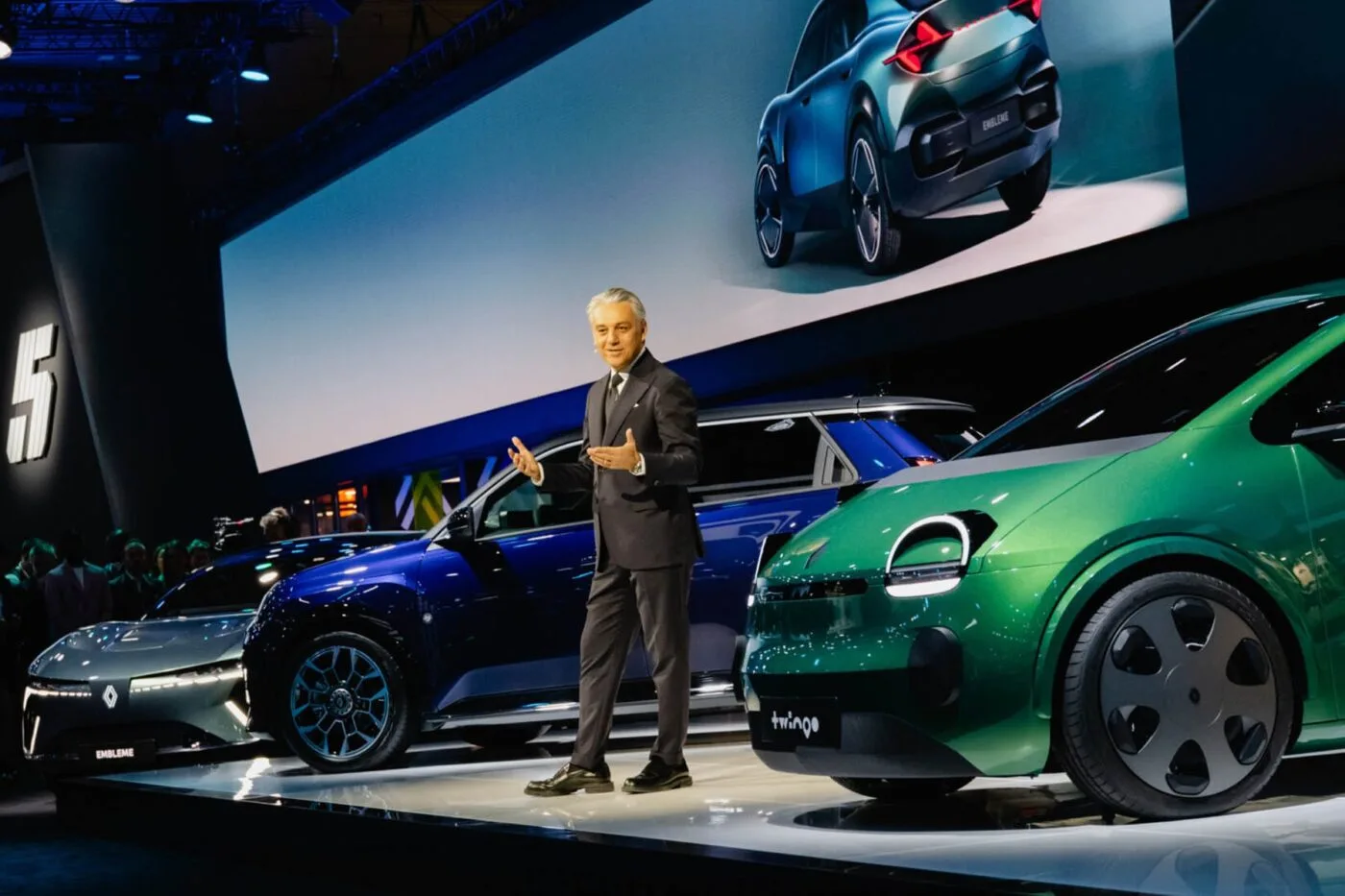
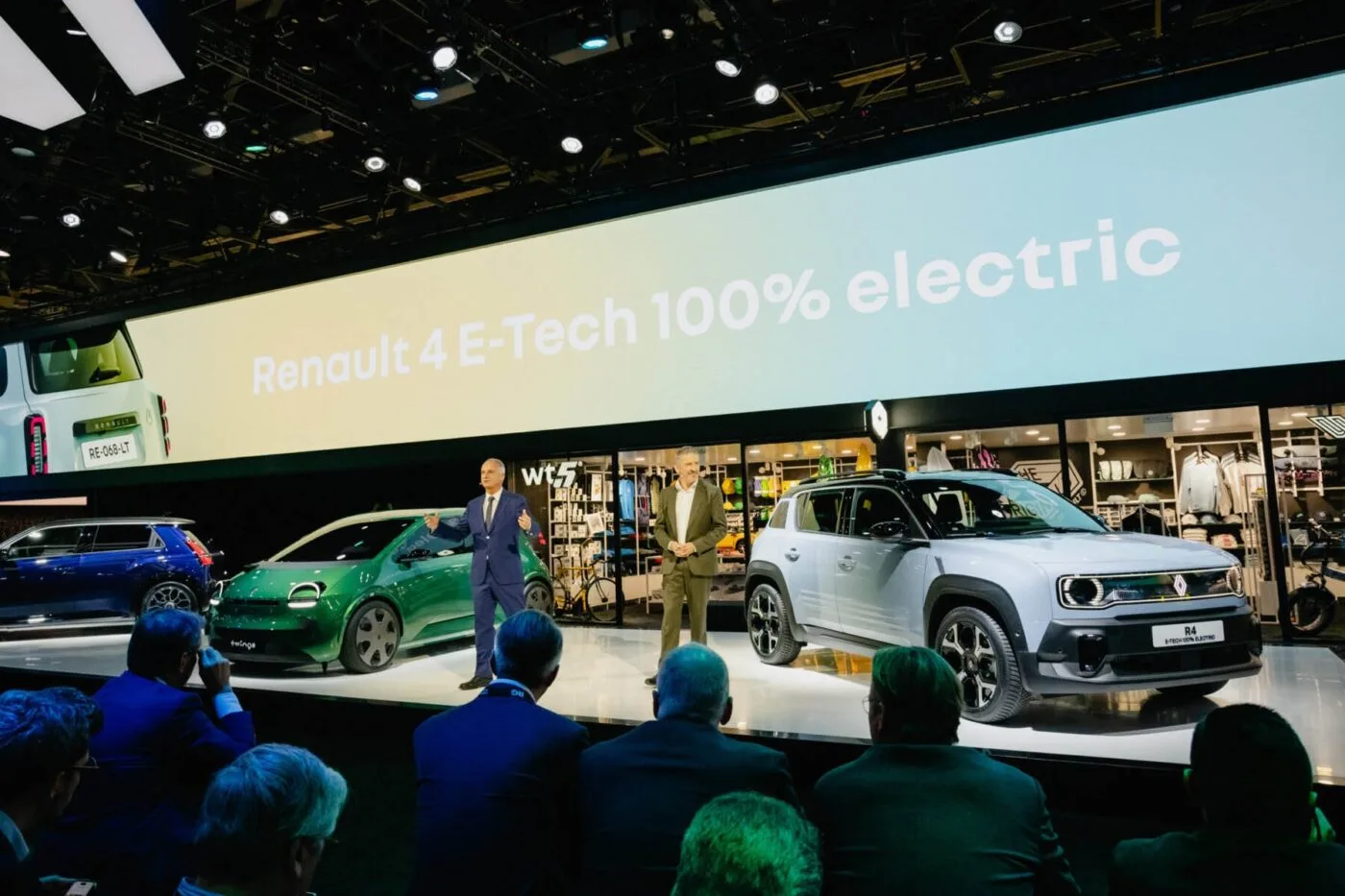
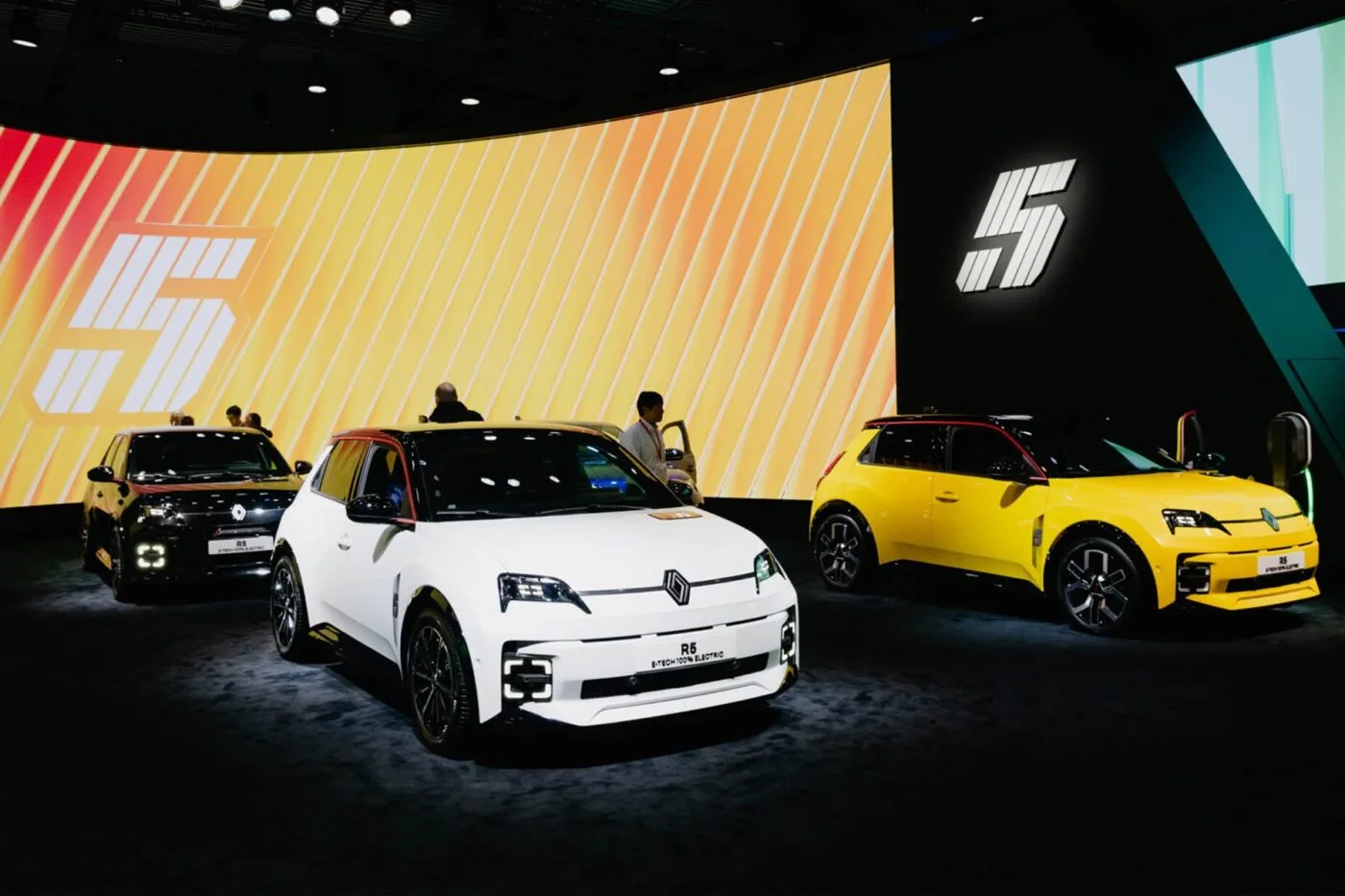
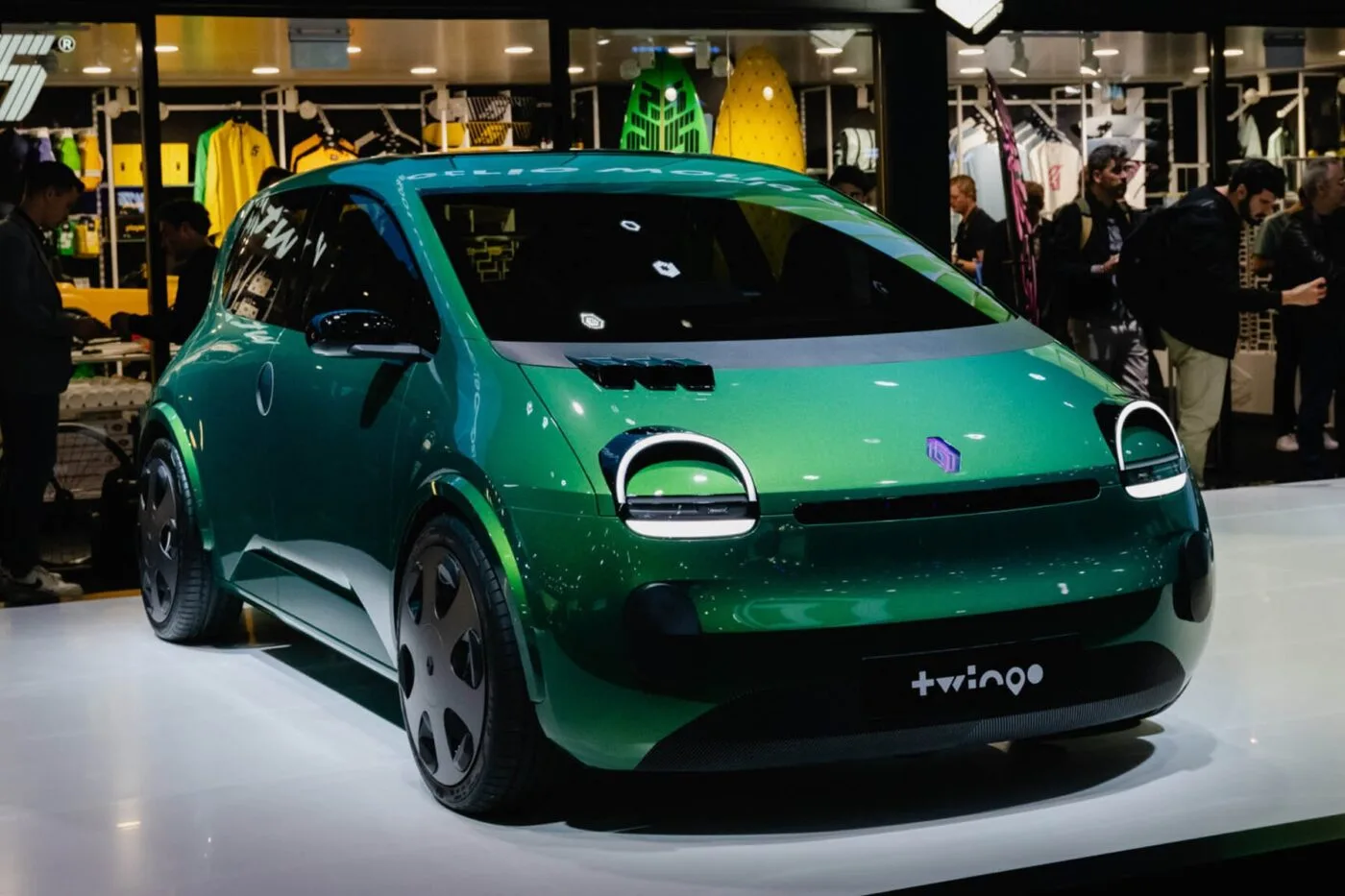
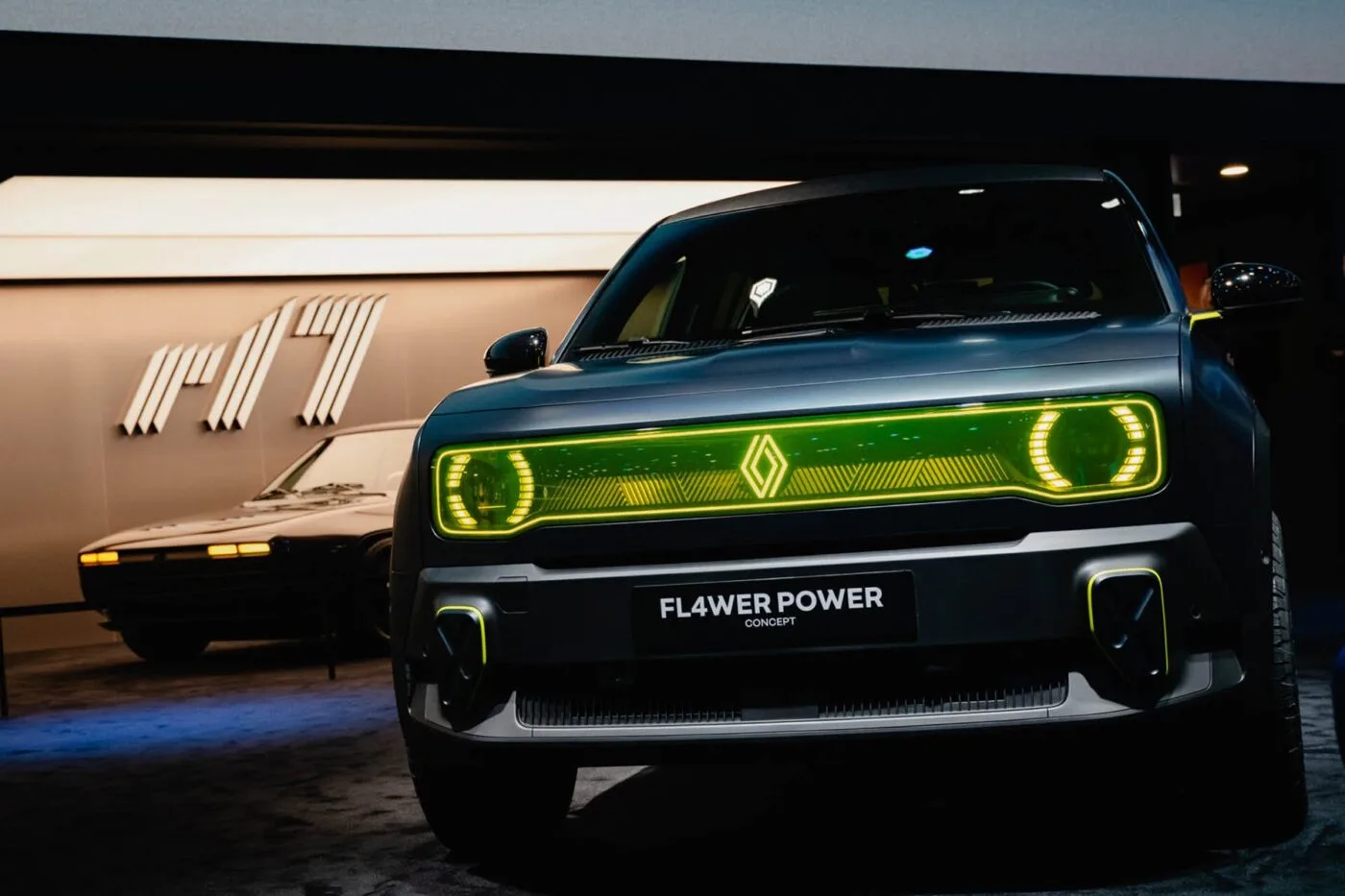
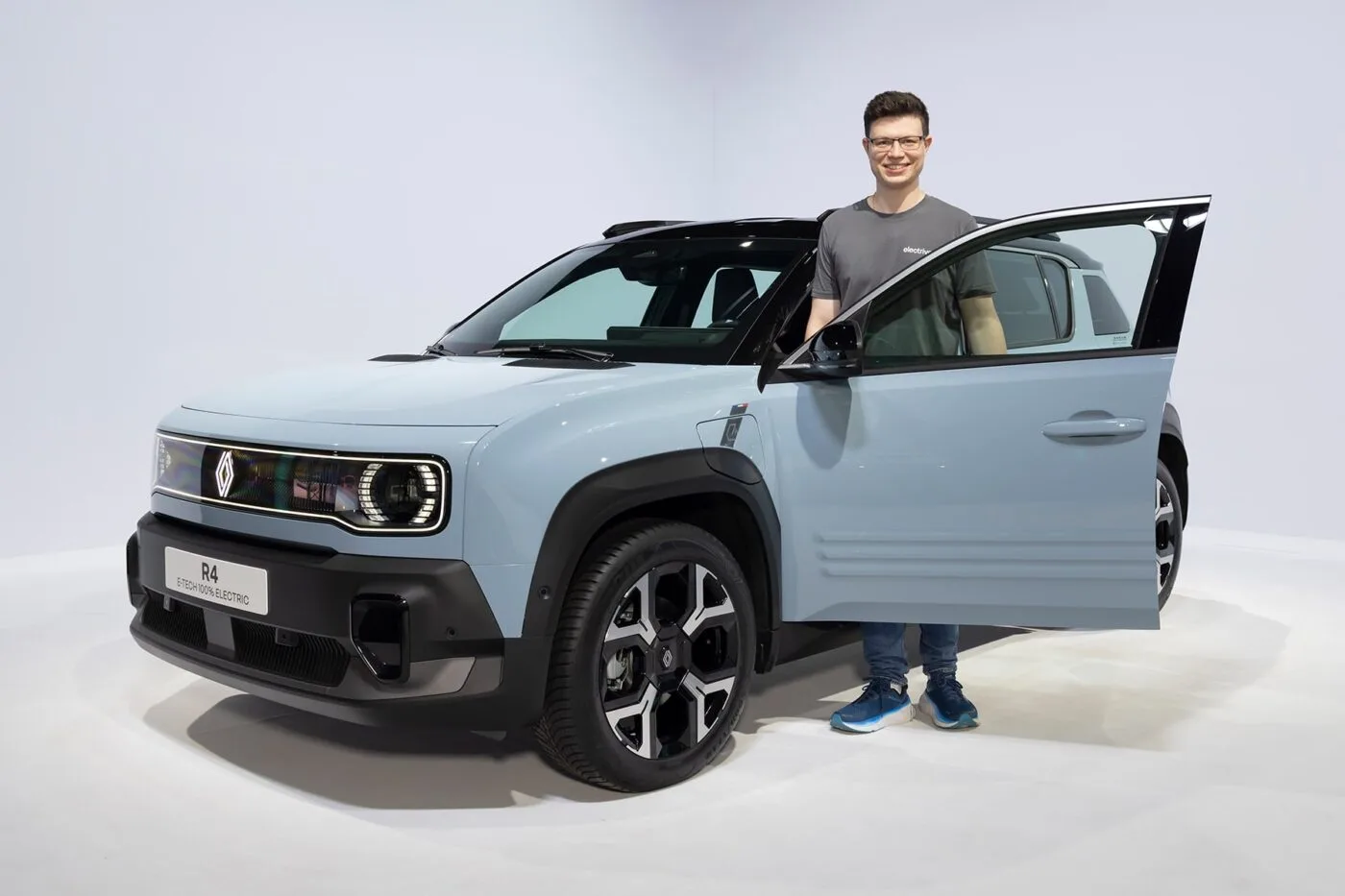
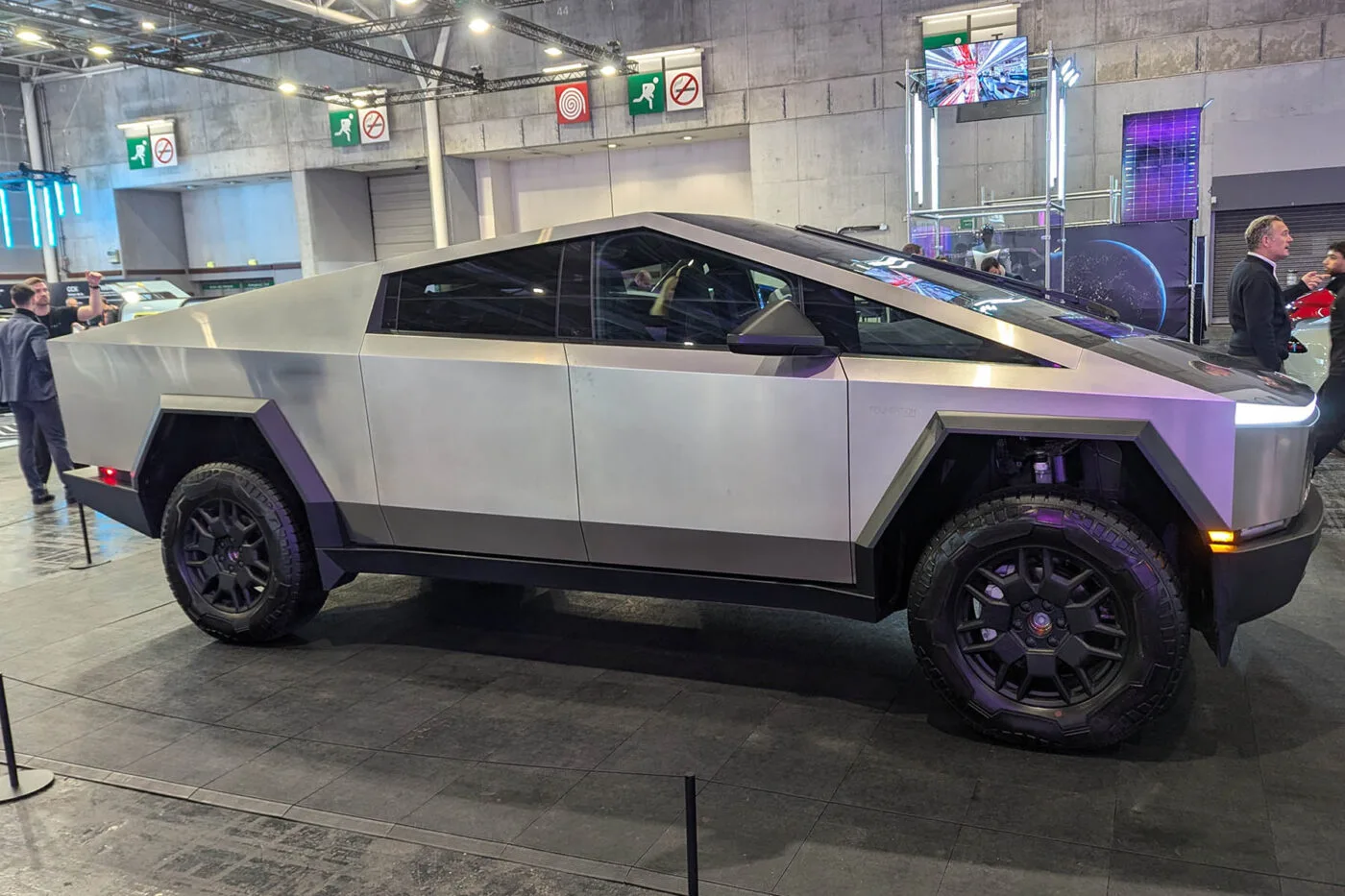
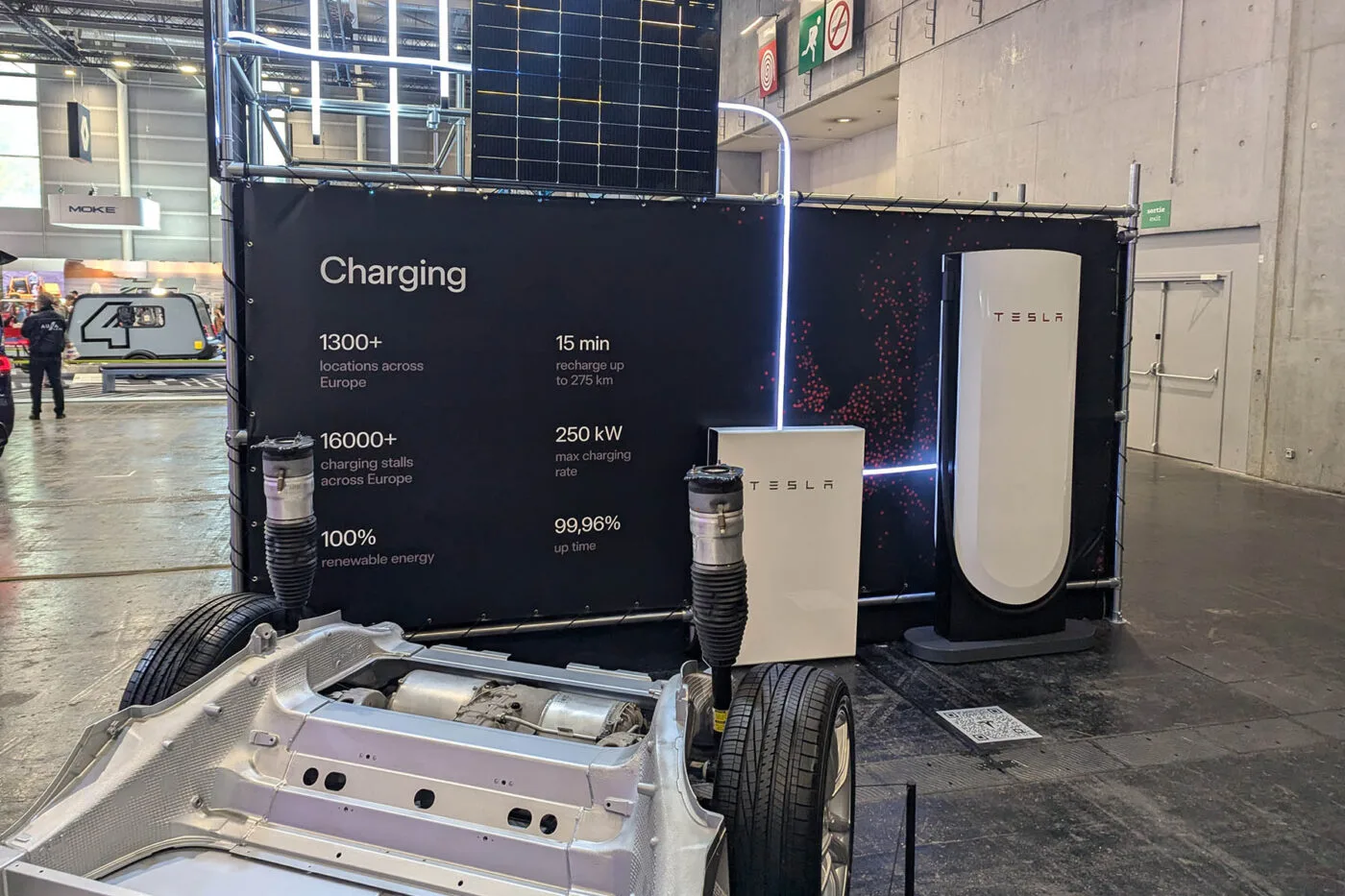
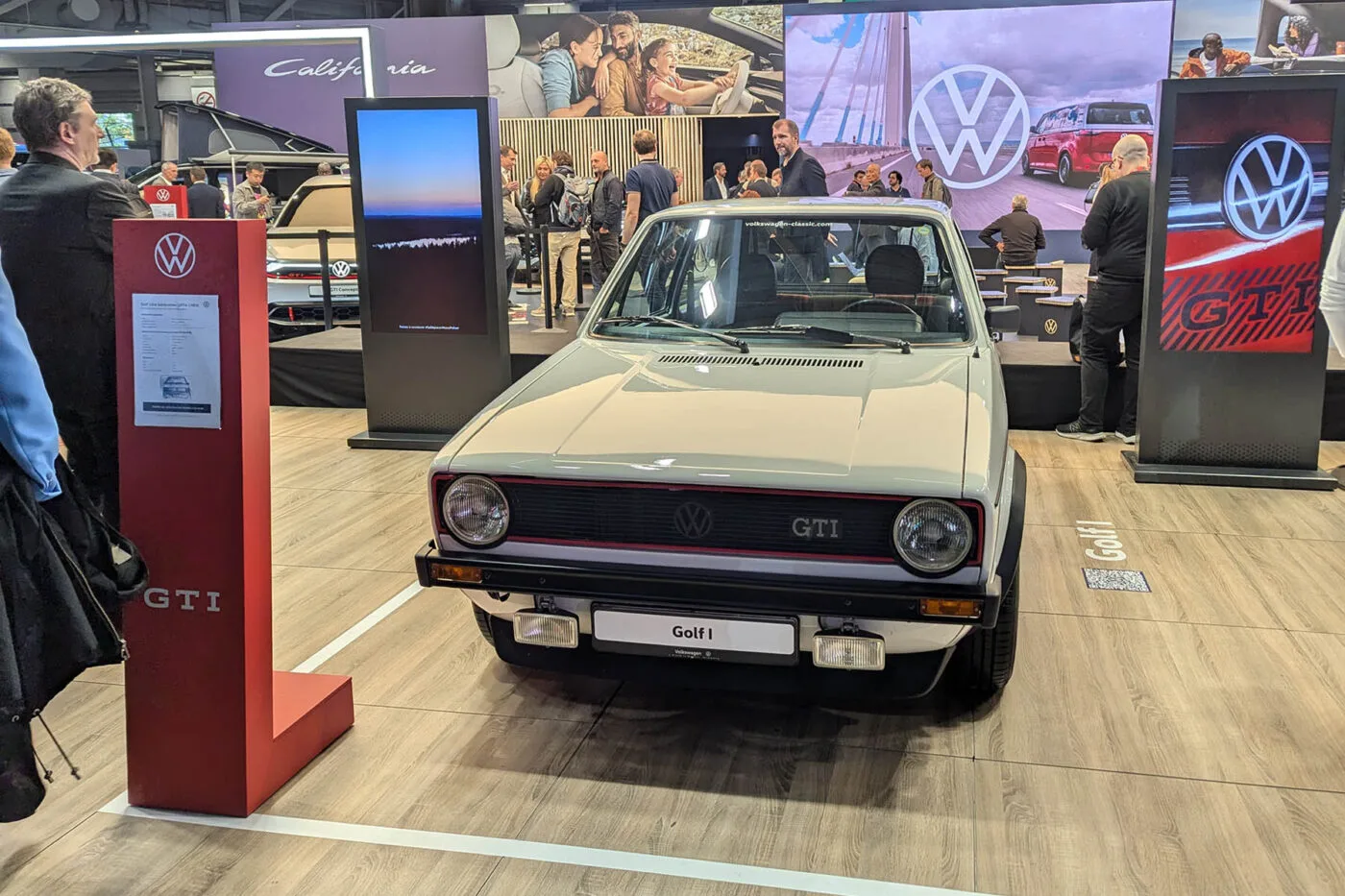
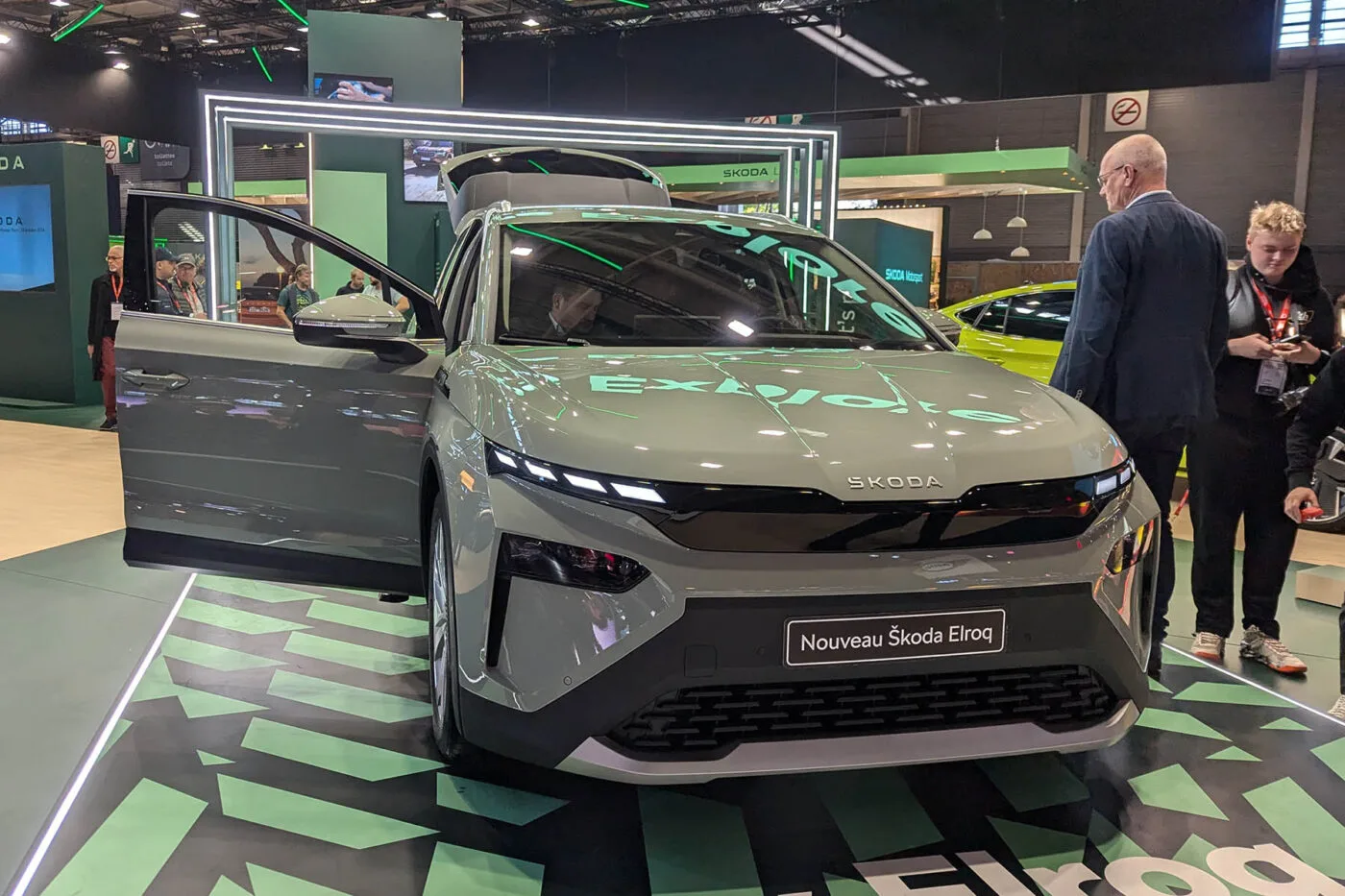
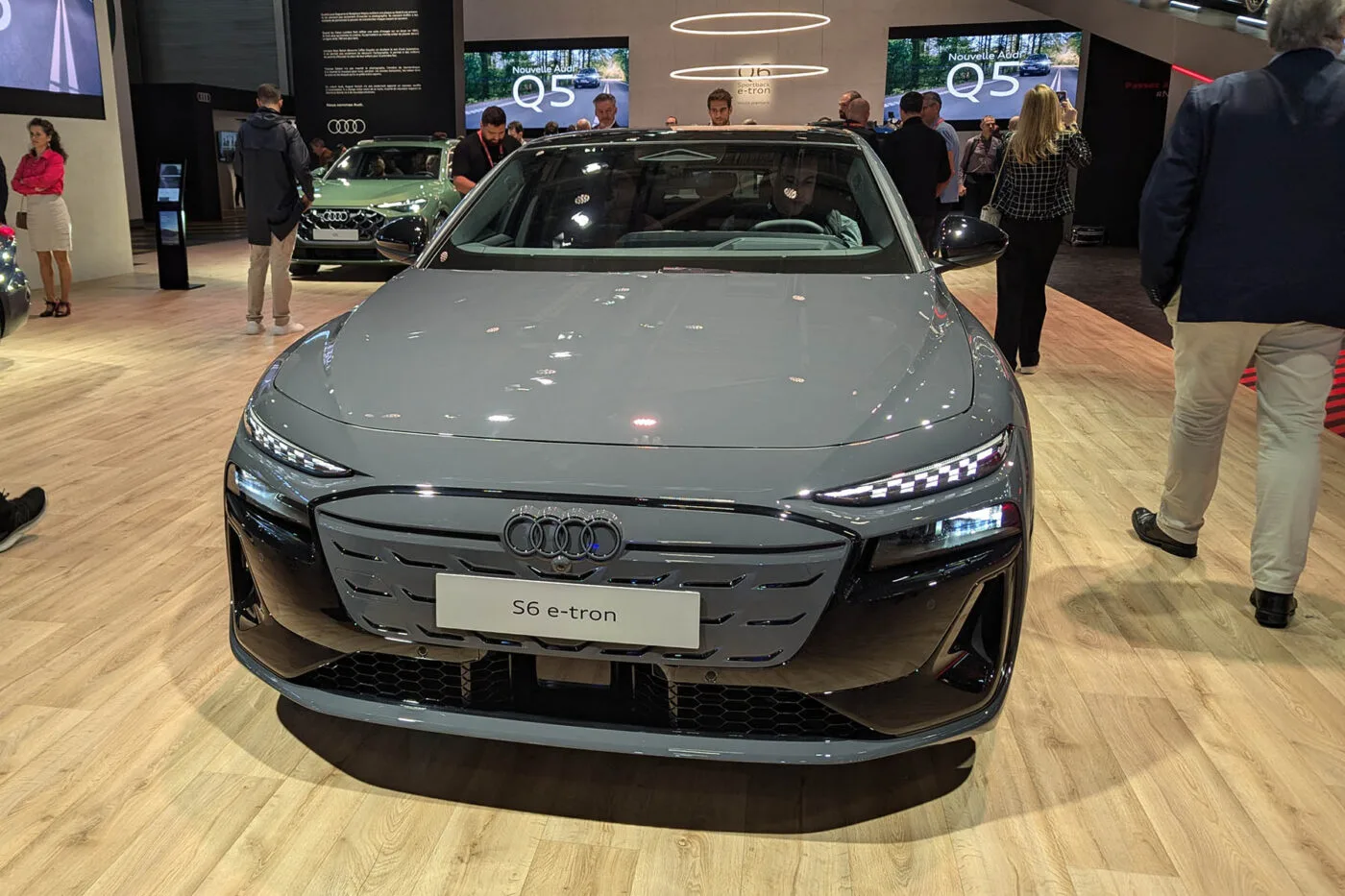
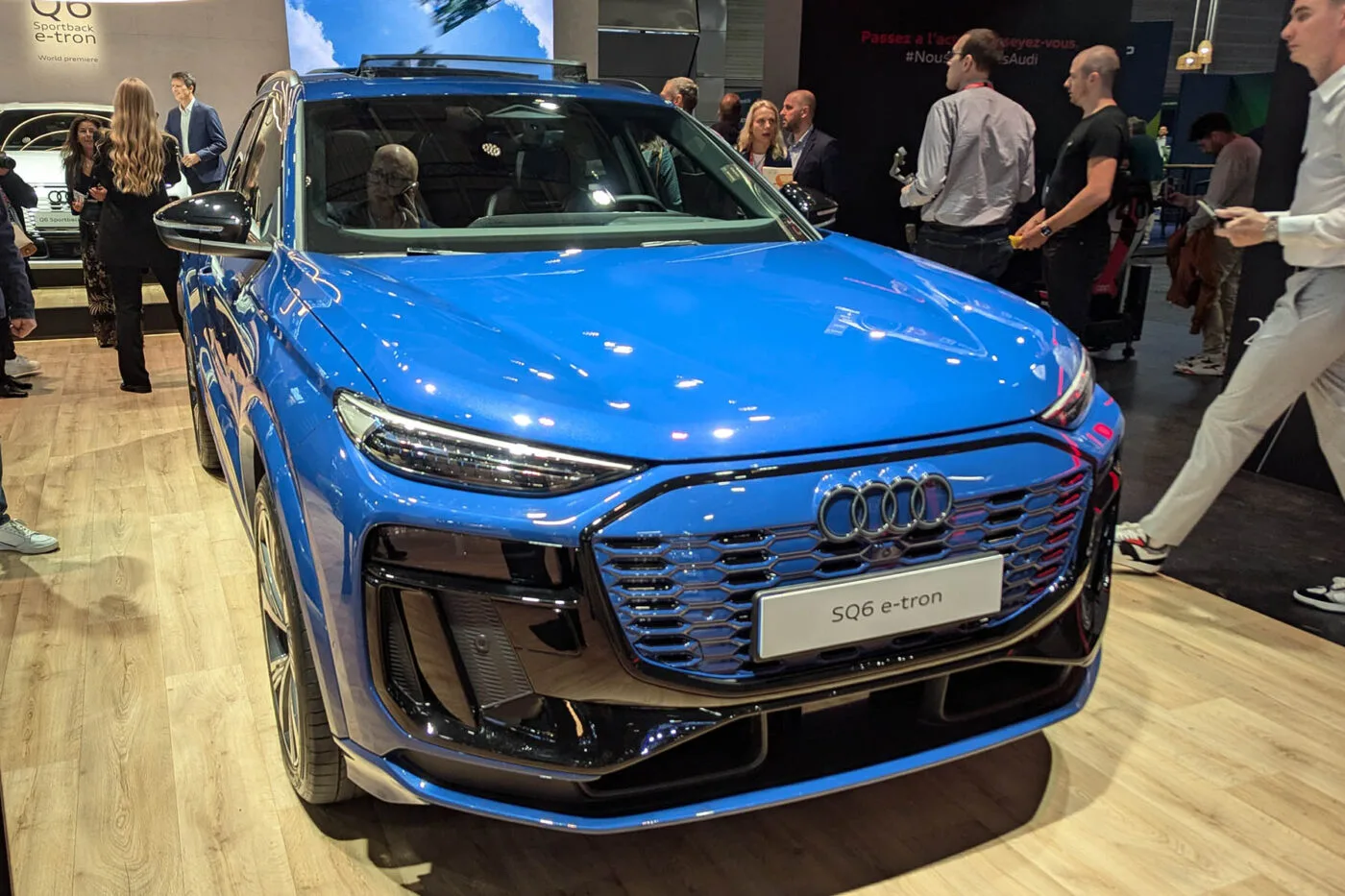
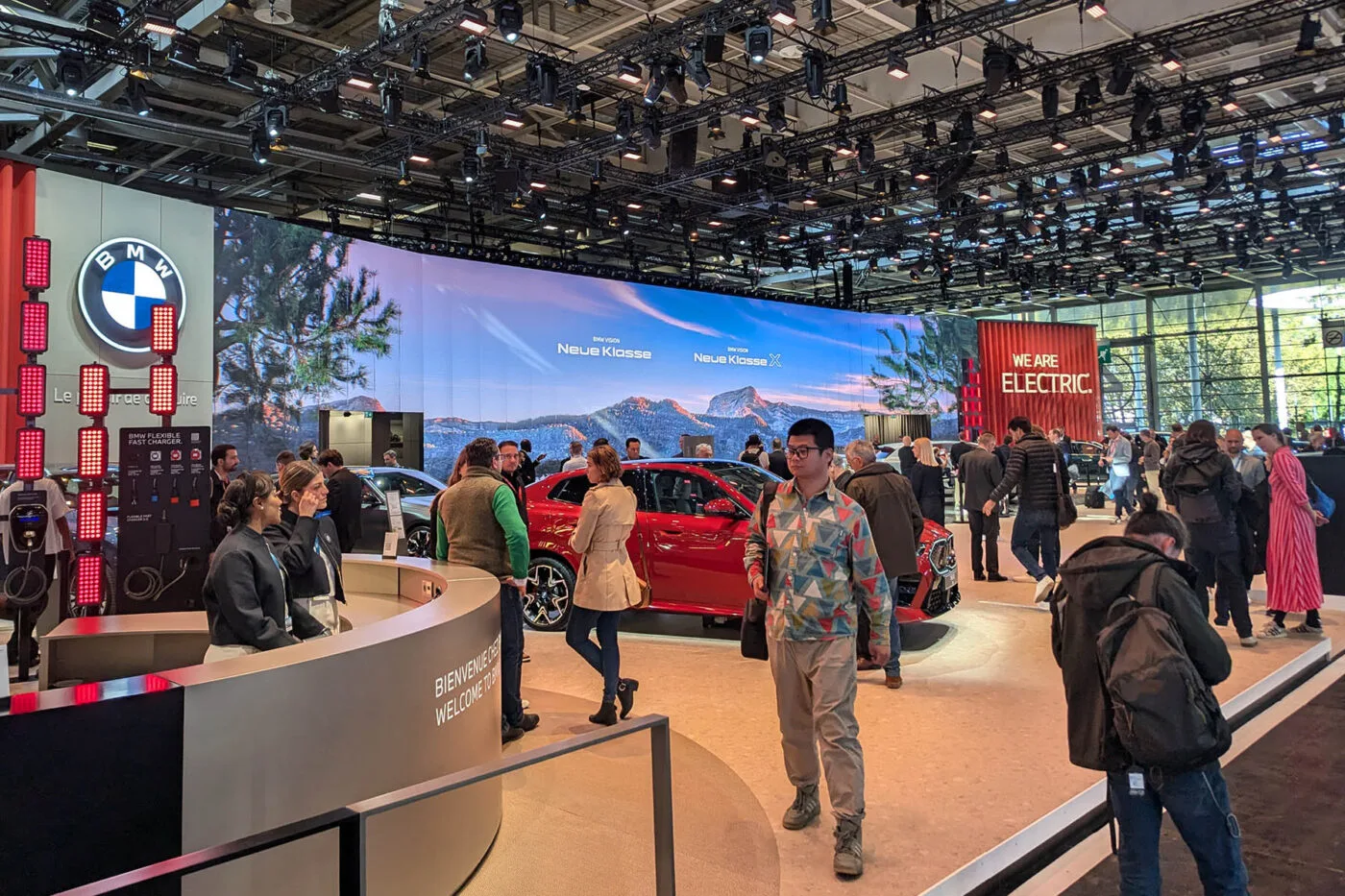
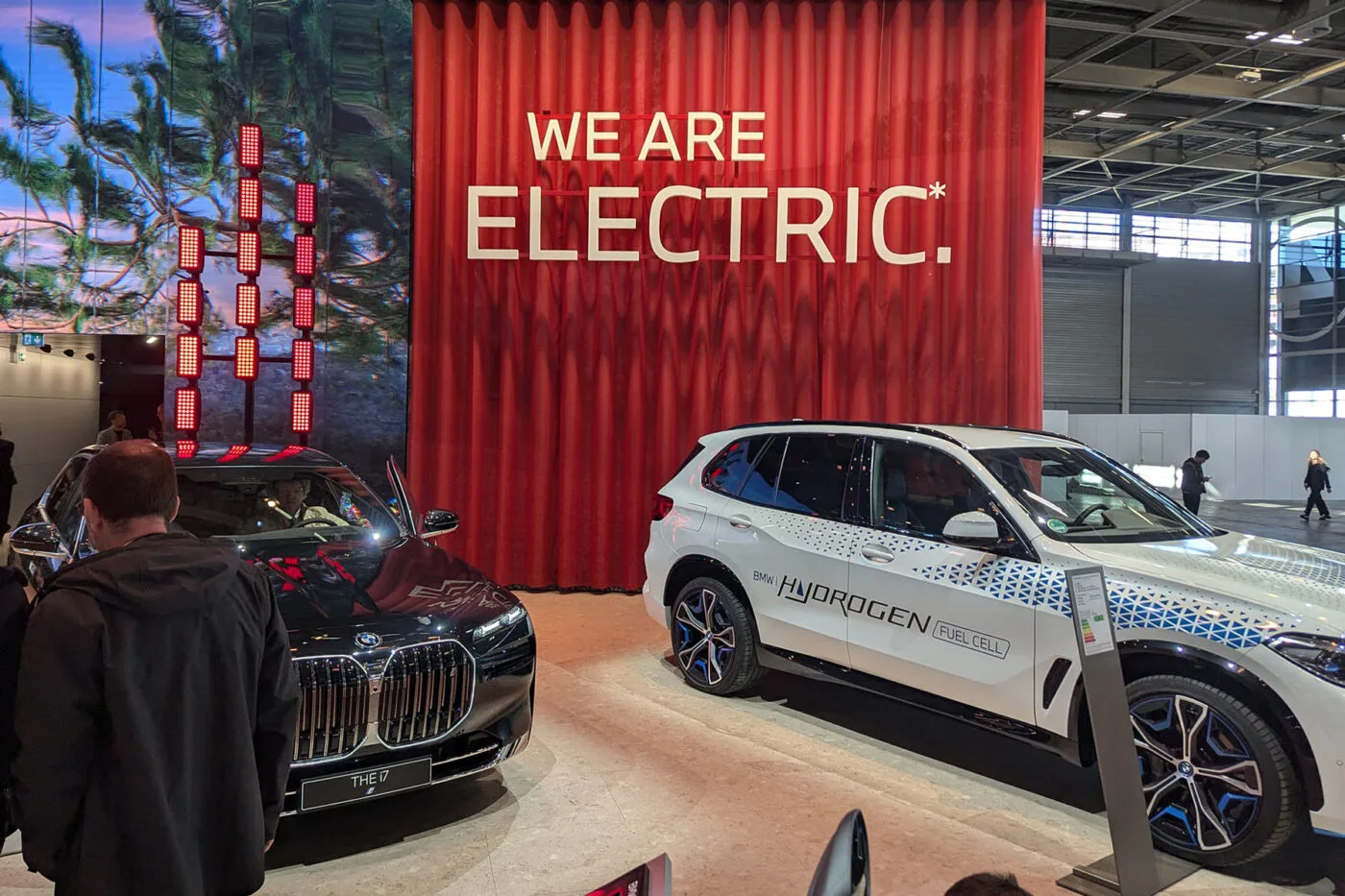
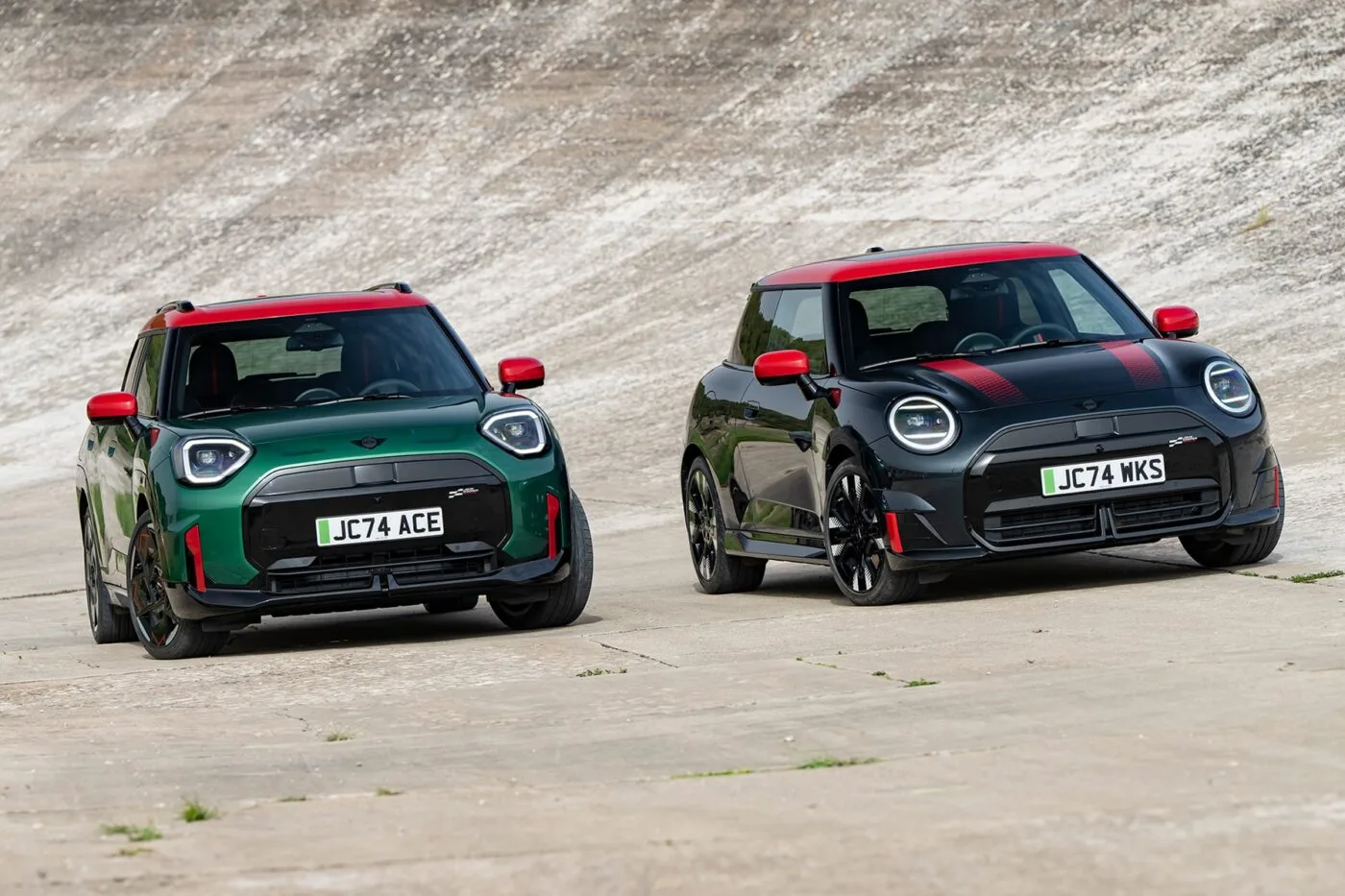
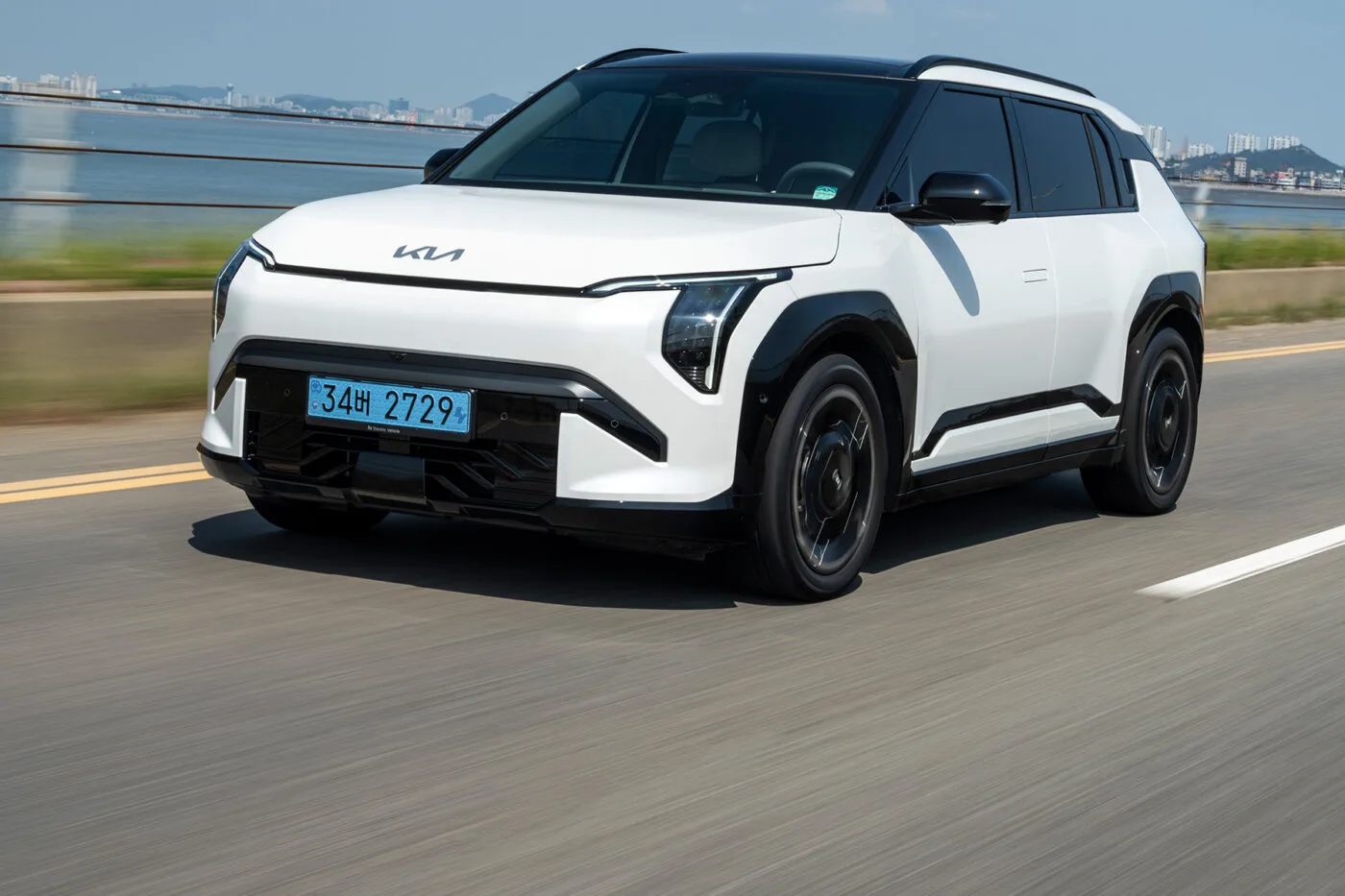
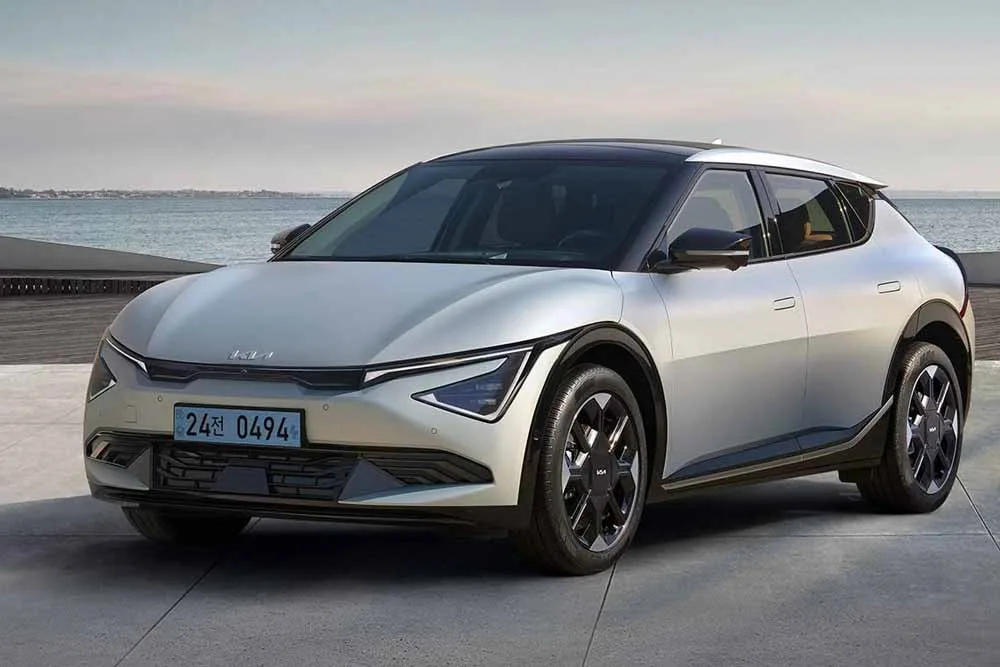
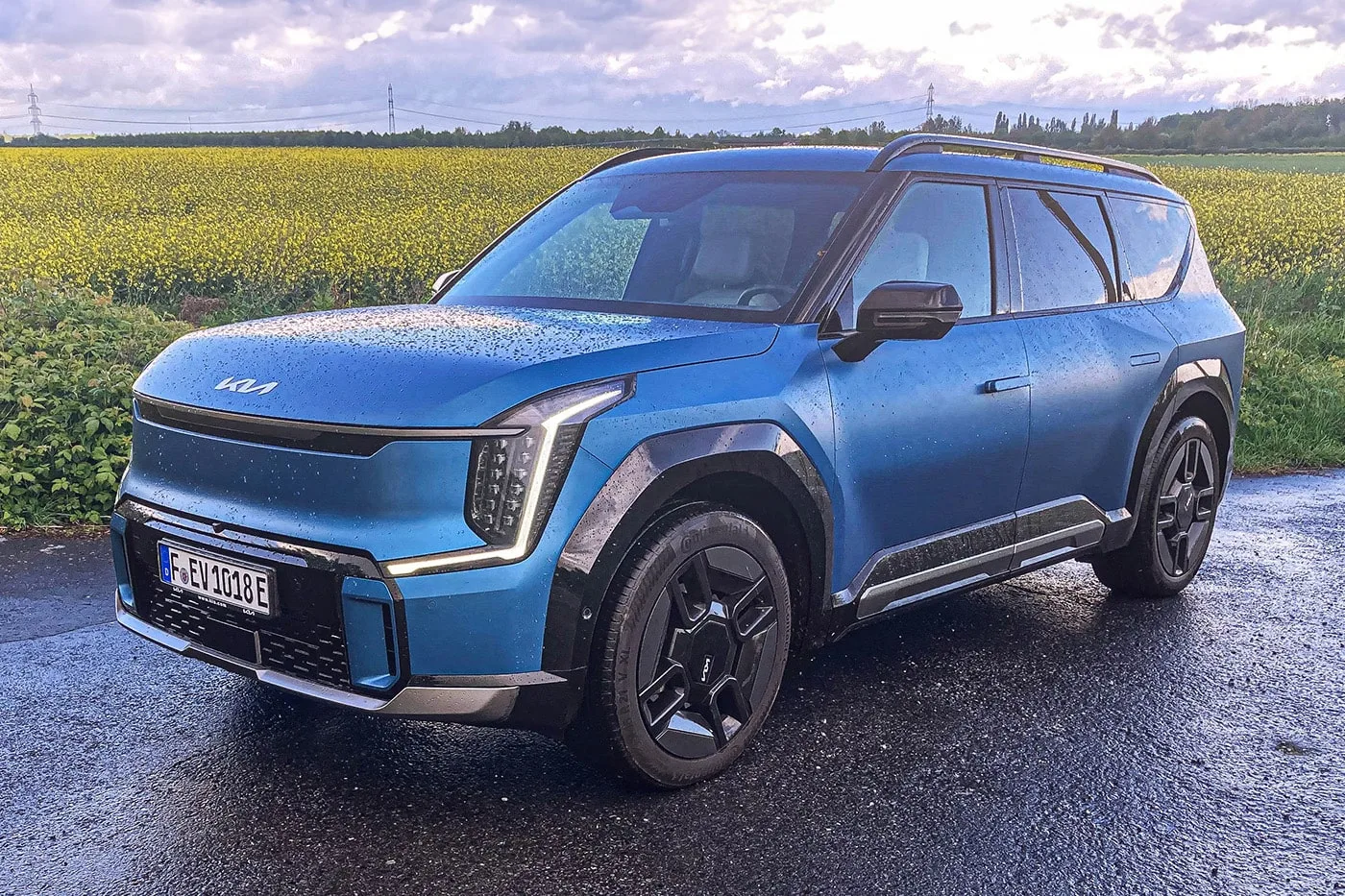
No surprises at Tesla
The third American in the group shows old faces. In addition to the Model S, 3, X and Y, Tesla is bringing along the Cybertruck and showing a seven-seater version of the Model Y. Although only children or people with very short torsos can really sit comfortably there, it is still a practical new option. Tesla has set up an extra charging corner next to the cars and is touting the advantages of its Superchargers.
In general, charging stations play a significant role at a motor show, with a fast charger on display at every other corner.
Back to the future with VW
You might get a little nostalgic at the Volkswagen Passenger Cars stand. Here, you can admire a Golf 1 GTI while enjoying a tasty VW ‘Curry Wurst’ (a grilled sausage with curry sauce) and immediately feel like you’re back in the 70s. There is little left of the spirit of optimism from the early days of the ID series. The most important novelty is the Tayron, a combustion engine.
Things look better for the subsidiaries Skoda and Audi, which brought along two eagerly awaited electric SUVs, the Elroq and Q6 e-tron Sportback, which caused quite a stir with the public.
BMW is electric
The Bavarians’ commitment to electric mobility is surprisingly straightforward. Instead of “mia san mia,” the motto is “We are electric,” which is emblazoned in large letters above the joint BMW and Mini stand. And indeed, there is not a single combustion engine to be found. That is remarkable because BMW used to be the loudest drummer in favour of technological diversity and always had to bring at least one big combustion engine. In Paris, the signs were now 100 per cent electric – with the world premiere of two new Mini John Cooper Works models.
Solid EV range at Kia
The Koreans may not have brought along any new models, but they do have a nice portfolio of EV3, EV6 and EV9, so there is something for everyone, from compact city runabouts to large family cars.
Hongqi: In in for the long-run
The Chinese brand of the rich and famous is increasingly trying its hand in Europe, targeting a wealthy clientele that would otherwise probably drive Rolls-Royces. On the face of it, the EH7 is Chinese through and through, as we discovered during a short test drive. It has a very comfortable chassis, an extremely spacious rear seat and zero feel in the steering. It is indeed comfortable for travelling, but unfortunately, our short test drive did not show us anything that Rolls-Royce or Bently couldn’t have done better. Sure, the price is significantly lower – but that is probably one of the least important factors in this segment.
However, that does not stop Hongqi from creating high expectations. The company’s strategy is very long-term, explains Head of Design Giles Taylor. Hongqi aims to sell 10% of its output in Europe – fully electric and plug-in hybrids.
GAC wants to impress with quality
The Guangzhou Automobile Group is trying to set itself apart from the competition within China with its Japanese heritage. Through long-standing joint ventures with Toyota and Honda, the company has learnt a great deal about manufacturing quality and wants to position itself as exceptionally durable. GAC has also inherited its restraint from the Japanese. Unlike some competitors, it deliberately keeps expectations low and wants to venture into the European market in smaller countries first and probably not serve Germany or France until 2026.
A rude awakening for Build Your Dreams
BYD’s European launch was linked to great expectations, which have largely evaporated. High prices and poor charging performance make the Atto 3 and Co. slow sellers, especially in Germany. A reorganisation of sales and the Sealion 7 – BYD’s first European model with a reasonable charging capacity (230 kW) – are intended to remedy the situation. The fact that not everything is running smoothly yet can also be seen at the trade fair stand: above the Sealion 7 it says “BYD Dolphin” in big letters.
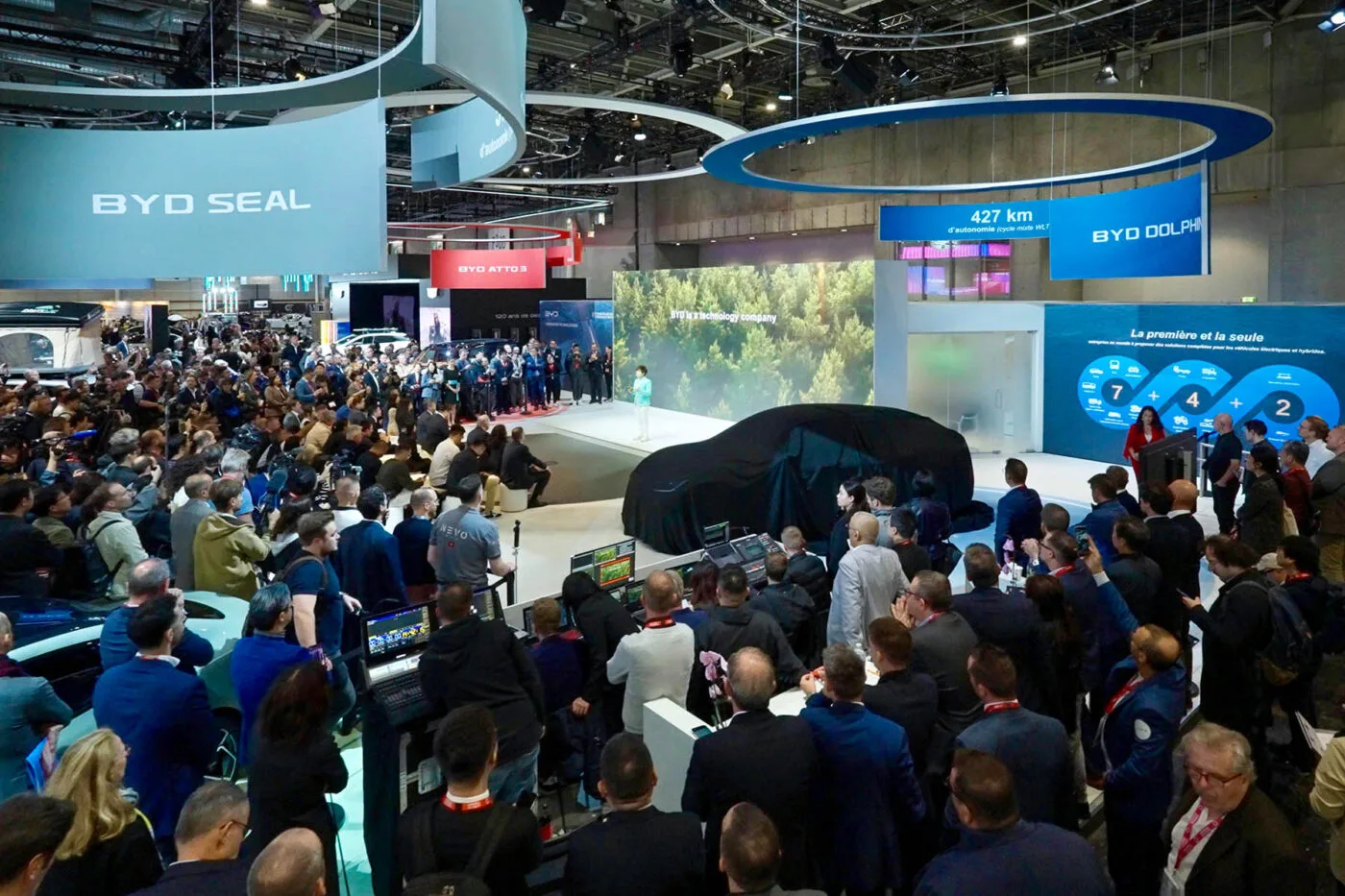

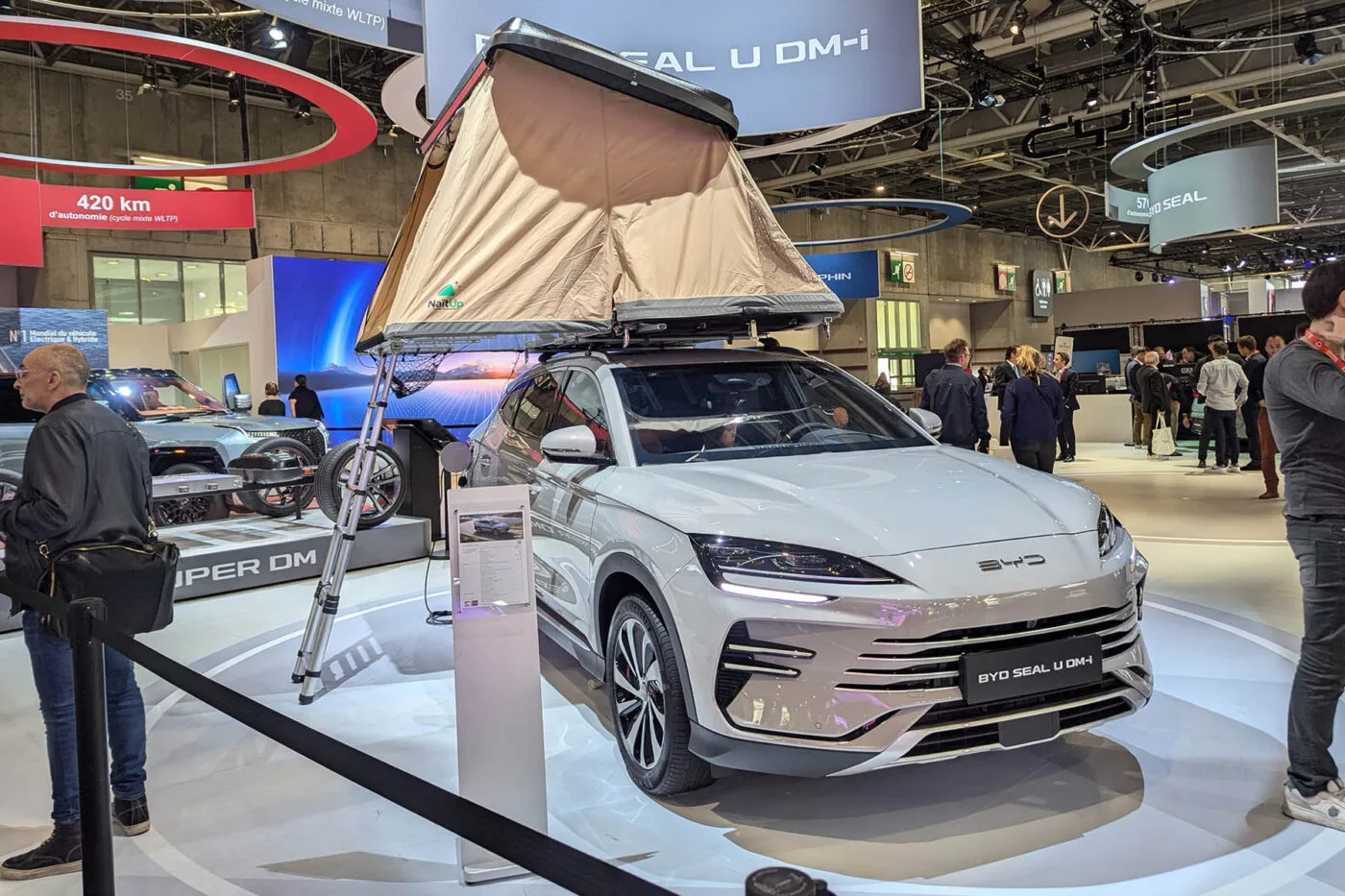
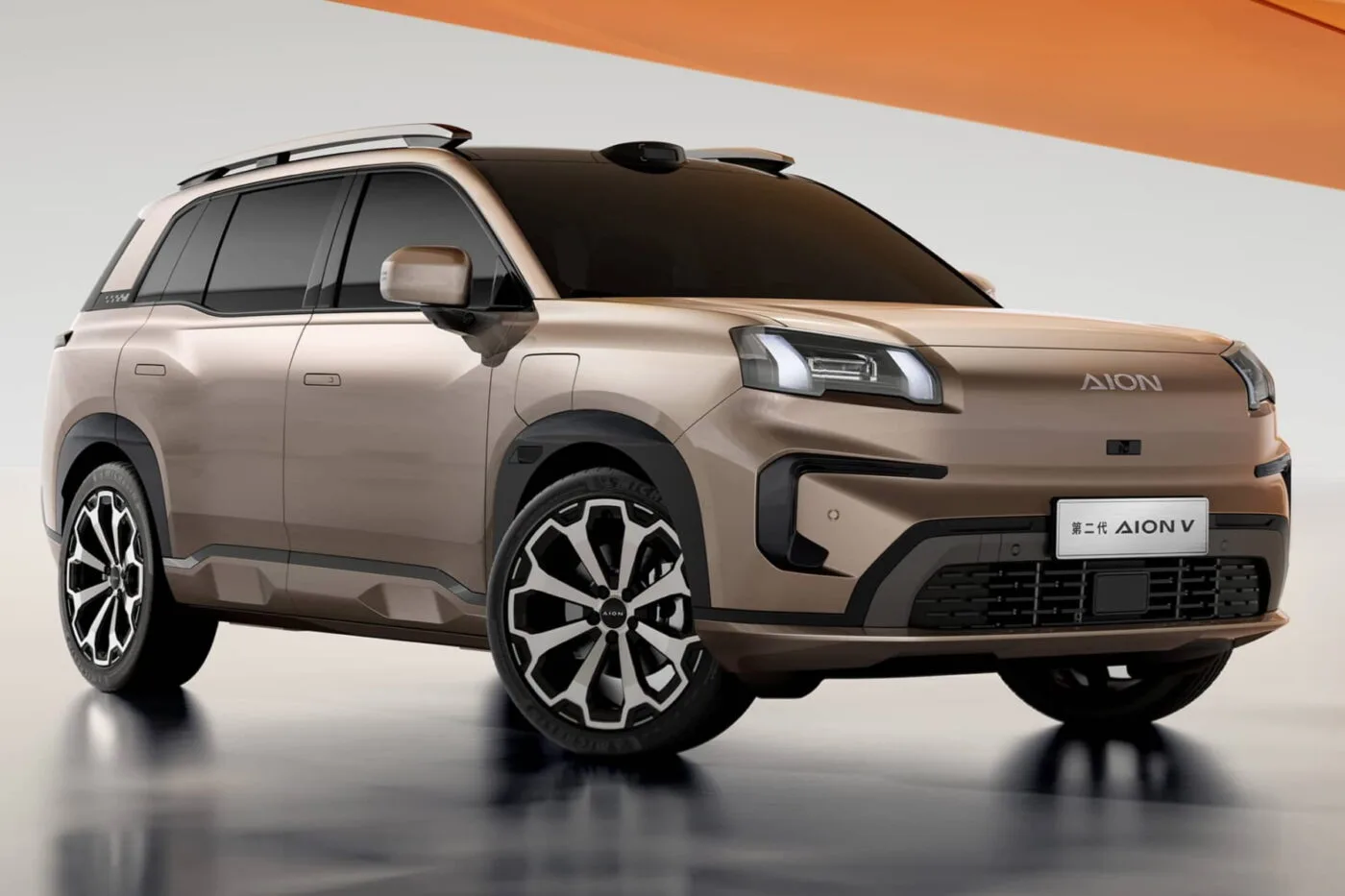
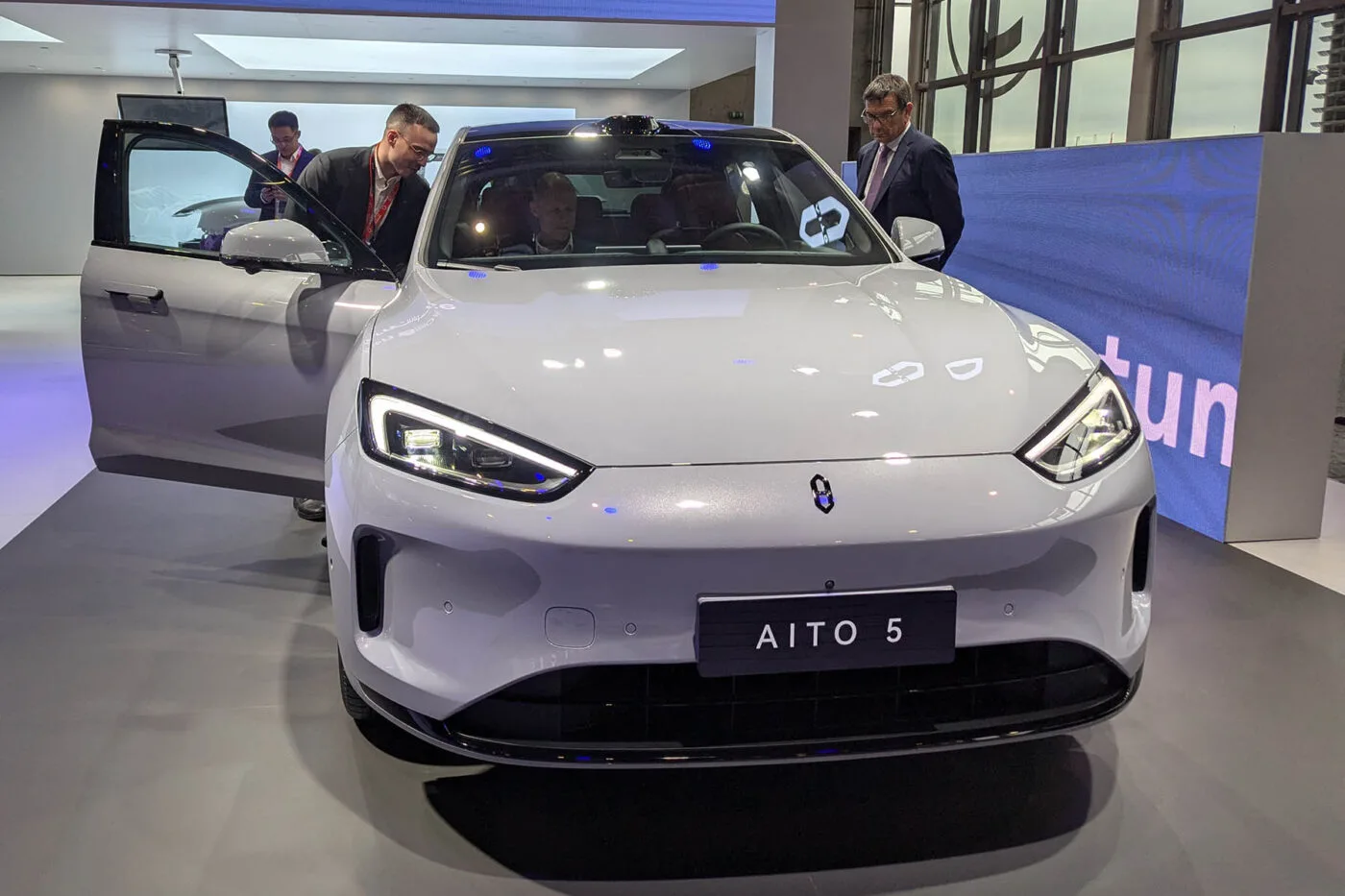
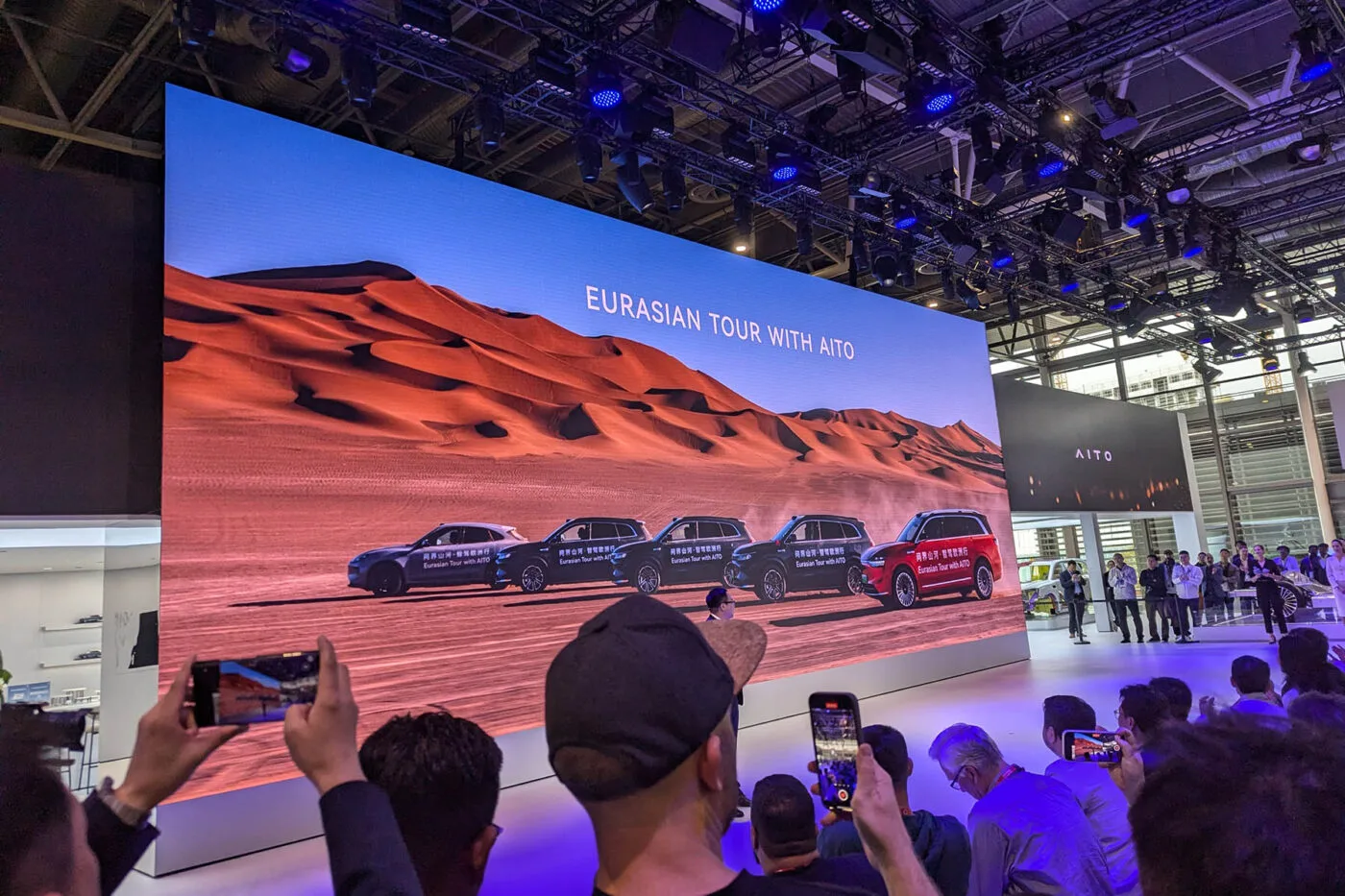
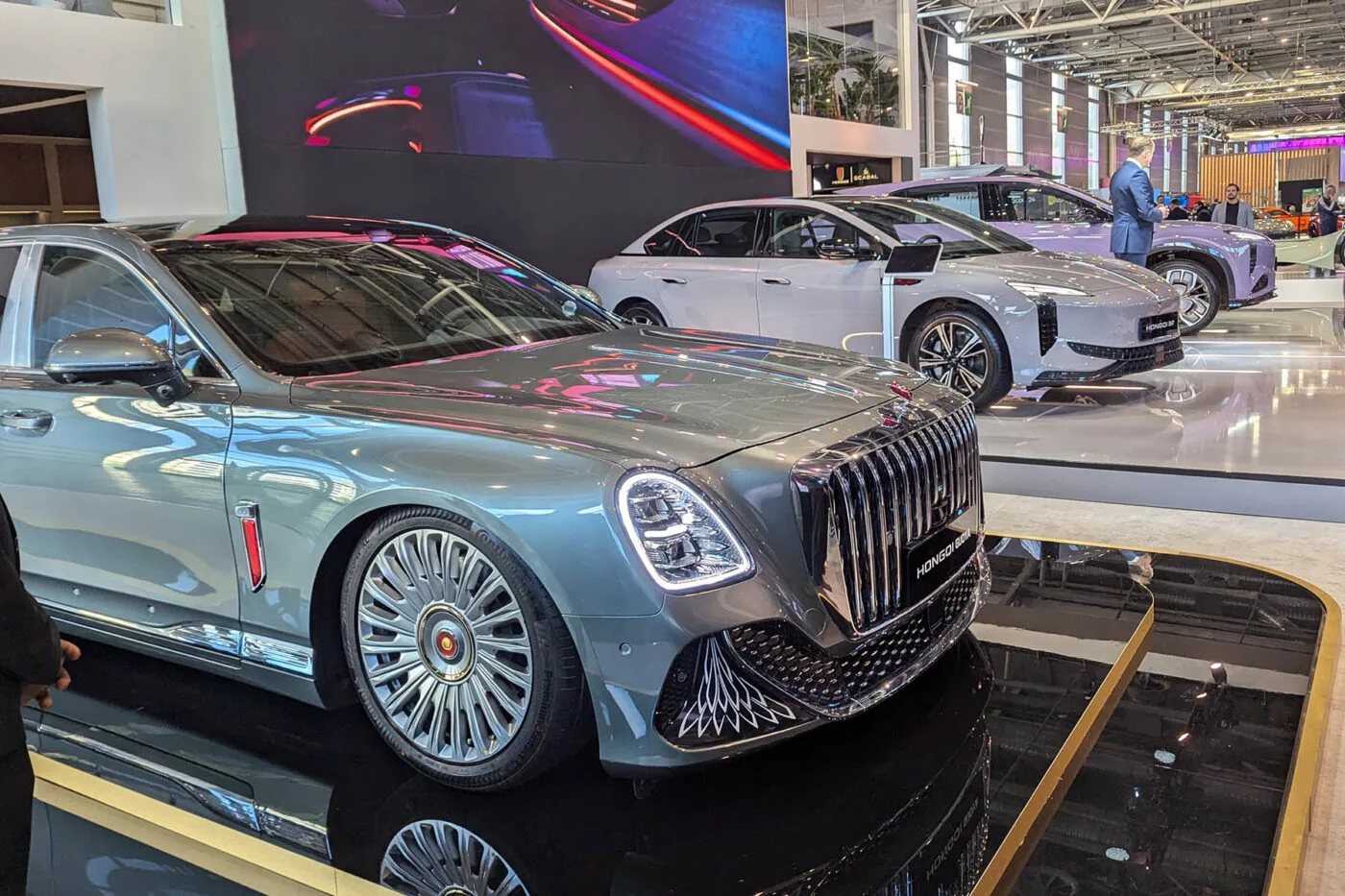
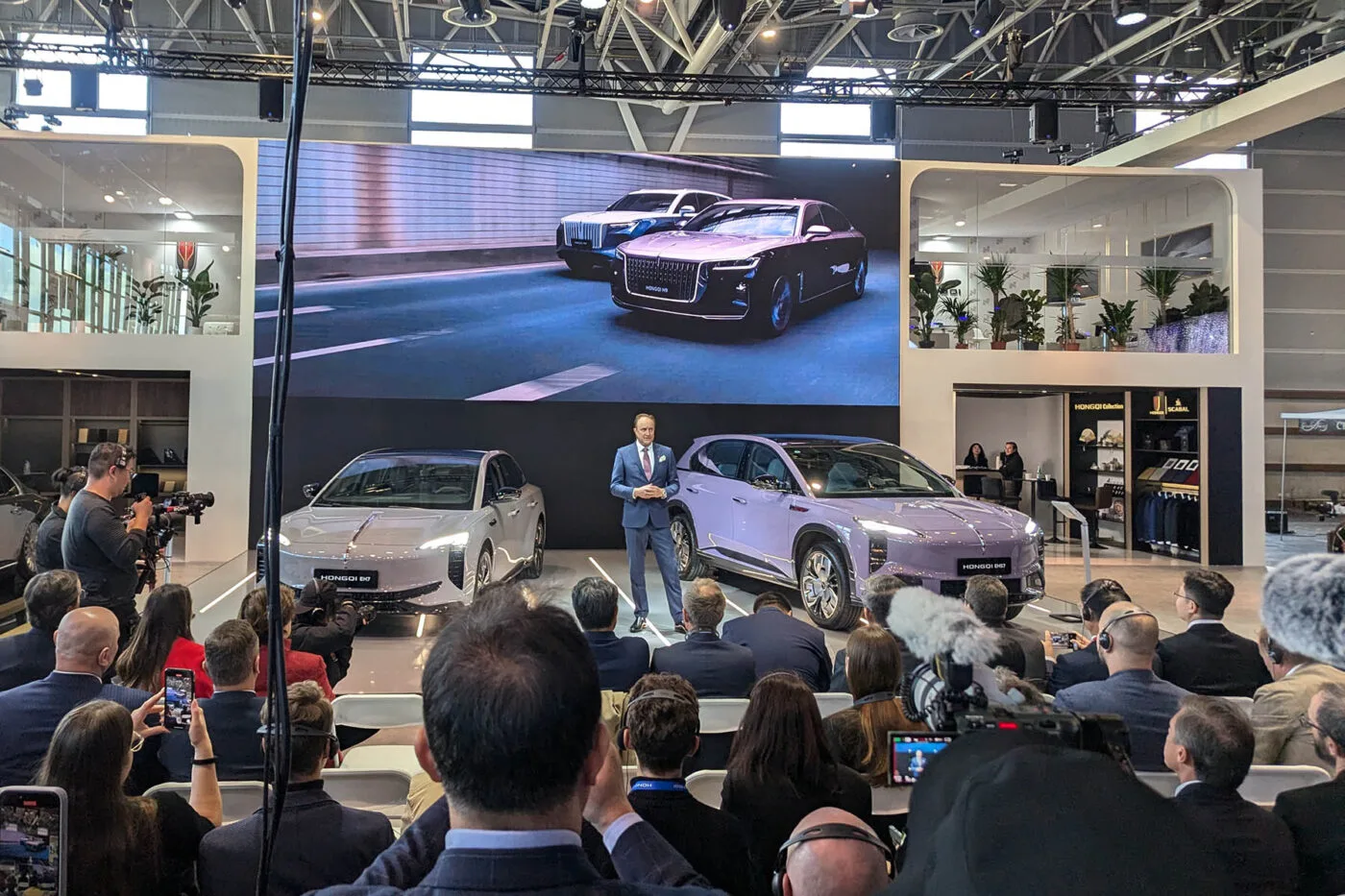
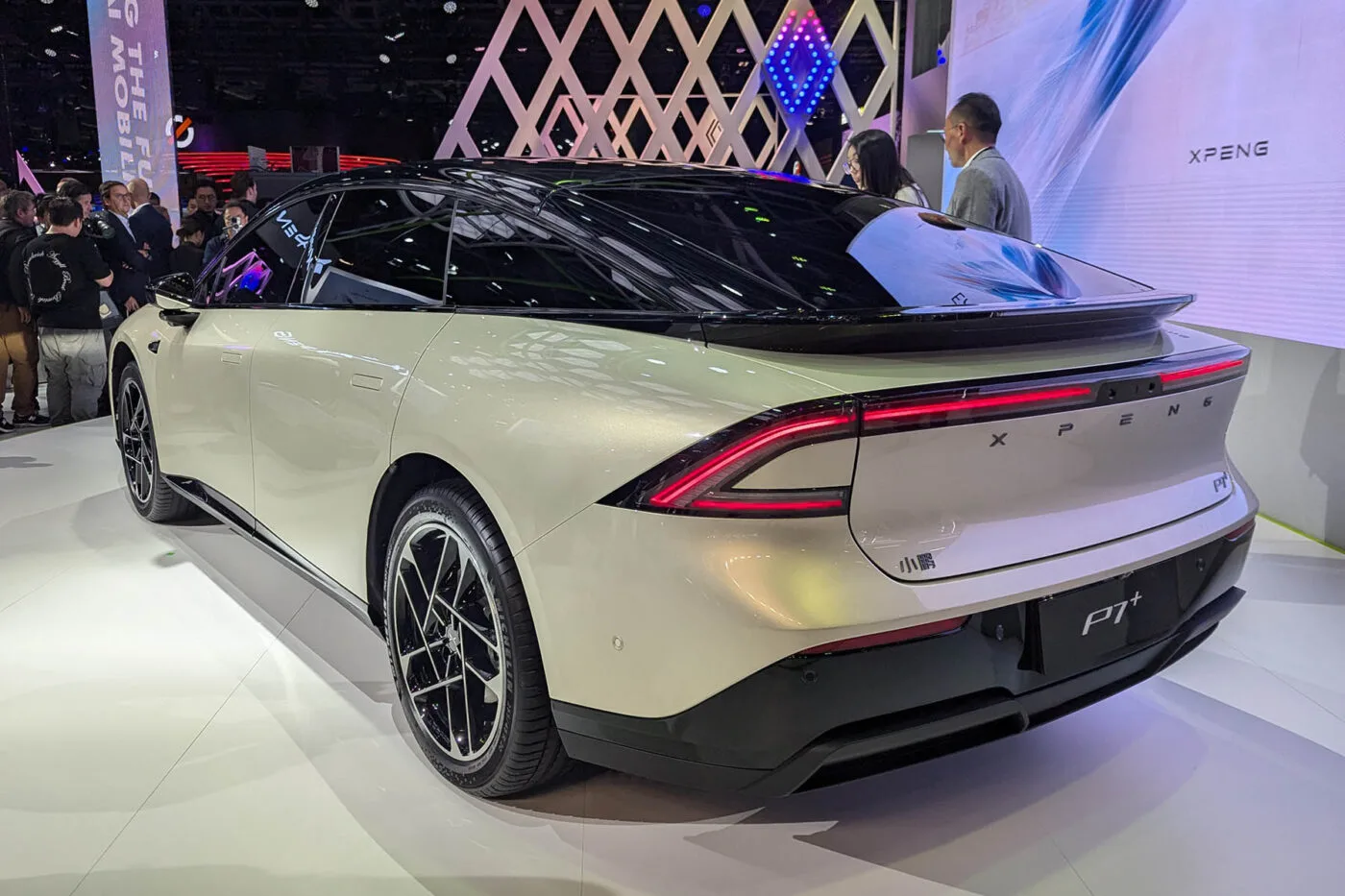
Artificial intelligence moves in at Xpeng
As a young, listed startup, Xpeng is very different from many other Chinese car manufacturers, most of which are traditional state-owned companies. That is also noticeable at the trade fair booth. Where others show plug-in hybrids or mediocre 400-volt products, Xpeng is the only one to offer an 800-volt platform. There is no rollback to the hybrid. Everything here remains electric. The P7+, an Xpeng P7 that has been improved in some respects, is a novelty. What the Far Eastern manufacturers all have in common is that they were less interested in ground-breaking innovations in Paris and much more interested in making their presence felt in Europe.
Electric is standard, PHEVs are still here to stay
One trend continues, and one is surprising: the proportion of BEVs on the trade fair booths has increased further, and many booths are already ‘fully electric.’ Where there are still combustion engines, they are almost always electrified; you have to look for pure combustion engines with a magnifying glass. What is remarkable is a tectonic shift among the German OEMs: while BMW, once the loudest advocate of drive diversity, is presenting exclusively electric cars, the VW Group, which was once fully trimmed for electric, is once again presenting plenty of combustion engines.
Chinese diversity
The half-dozen Far Eastern car manufacturers impressively demonstrate how heterogeneous the industry in China is. From traditional corporations to startups, everything is represented, in all price regions and with different drive concepts. Strategically, there are major differences; many are long-term and rather cautiously orientated, but some are also overconfident and comparatively haphazard. Two things are now clear: on the one hand, China will become a permanent fixture in the European car market, even with punitive tariffs – and then with local production facilities. On the other hand, not all OEMs now pushing into Europe will survive. The Chinese car industry is facing the prospect of major consolidation in the medium term.
The great upheaval has only just begun
Motor shows are always an indicator of the state of the industry. In Paris, it became clear how much momentum is currently building up. Many newcomers still present at other trade fairs (e.g. Nio or MG) have disappeared again. However, with Hongqi, GAC and Aito, other lesser-known Chinese manufacturers are making their way onto the European market. Although pure BEVs dominate the market and are here to stay, plug-in hybrids are once again taking centre stage. Intense competition between Chinese suppliers and European regulations, ranging from punitive tariffs to emission regulations, are keeping the entire industry on its toes. The hoped-for recovery of the ‘motor show’ concept also failed to materialise in Paris; this year’s Paris Motor Show was no match for the pre-pandemic trade fairs.

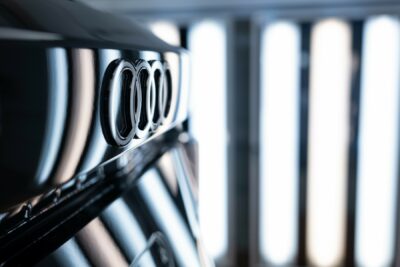
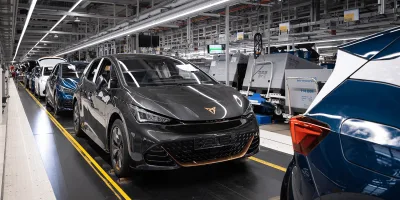
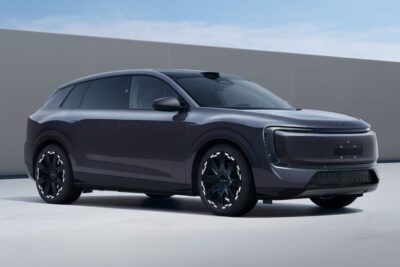
1 Comment